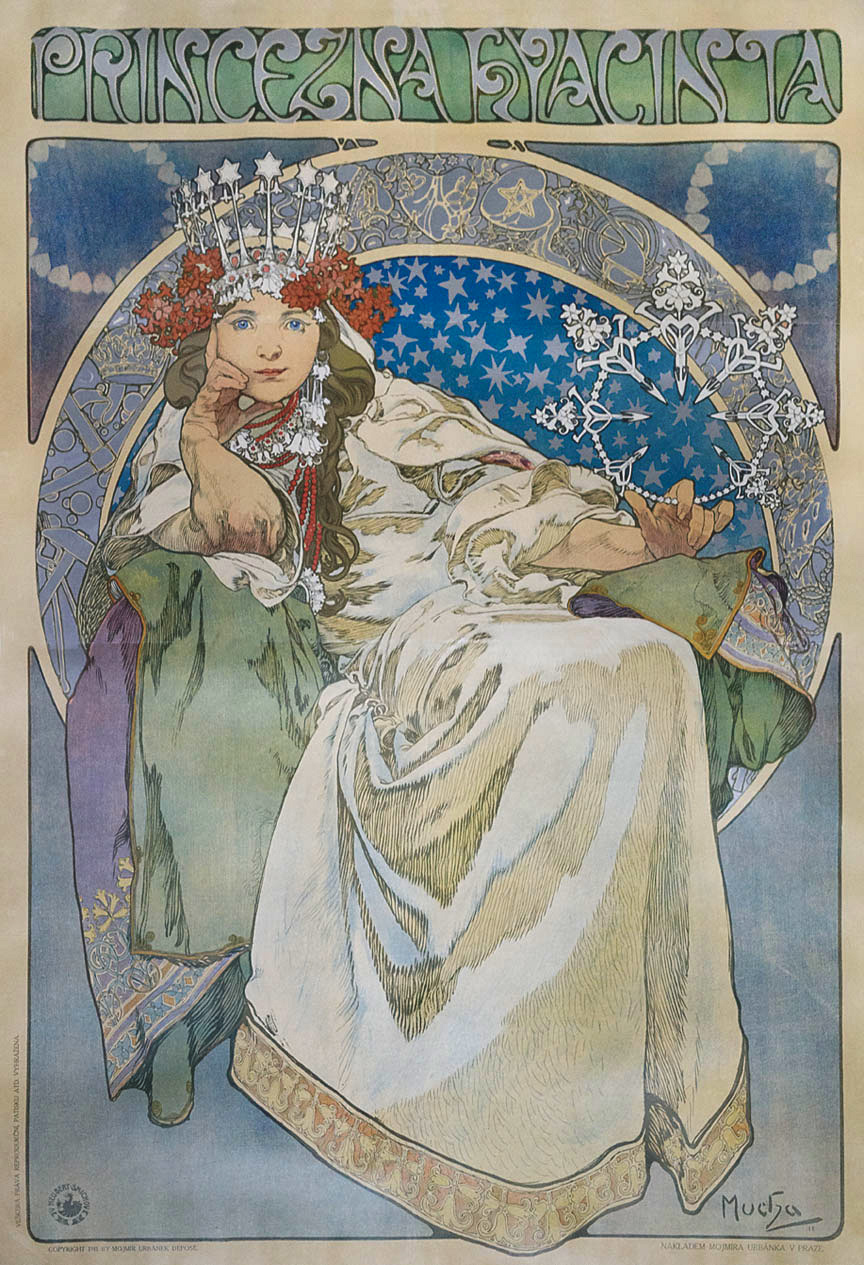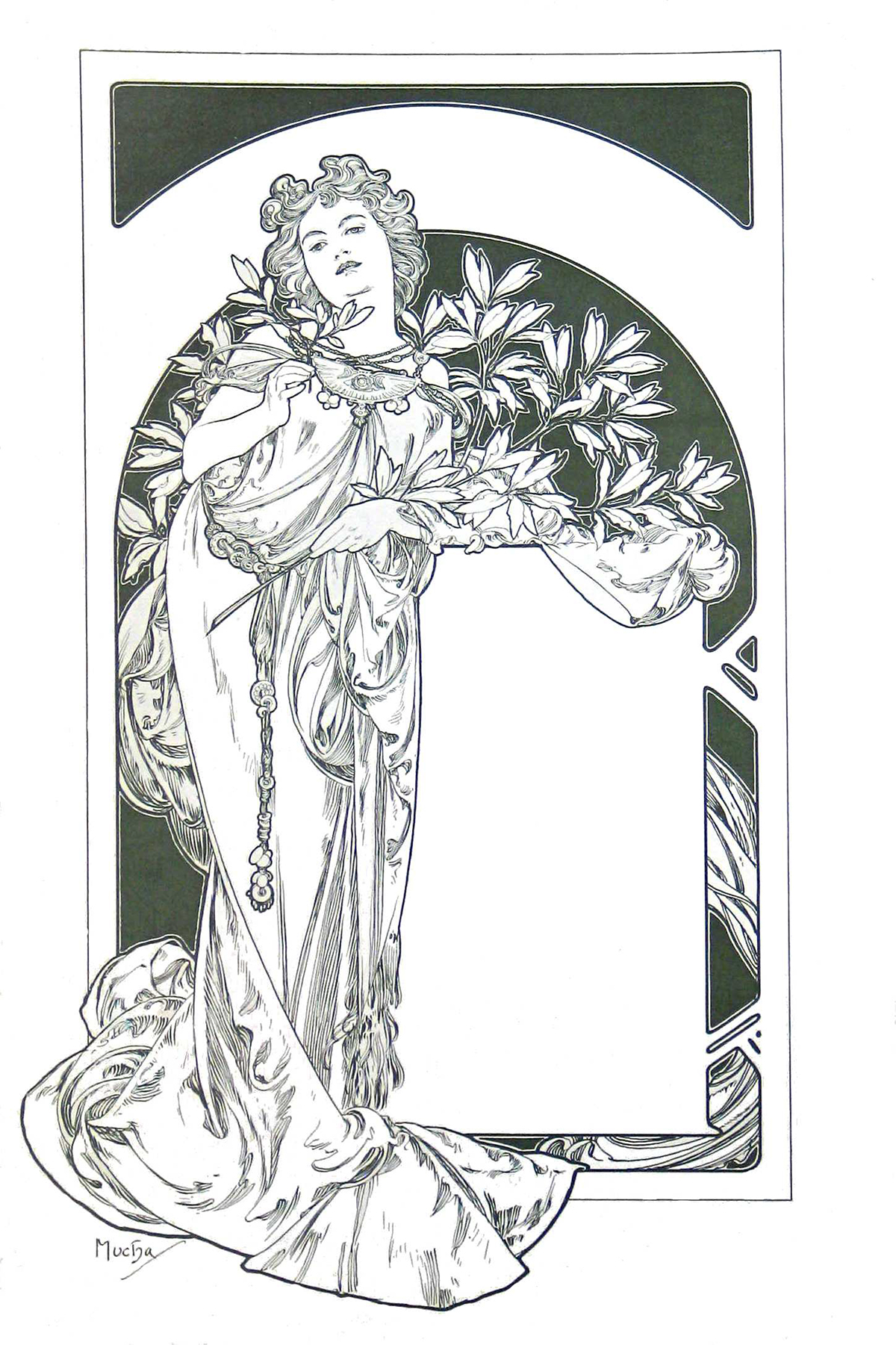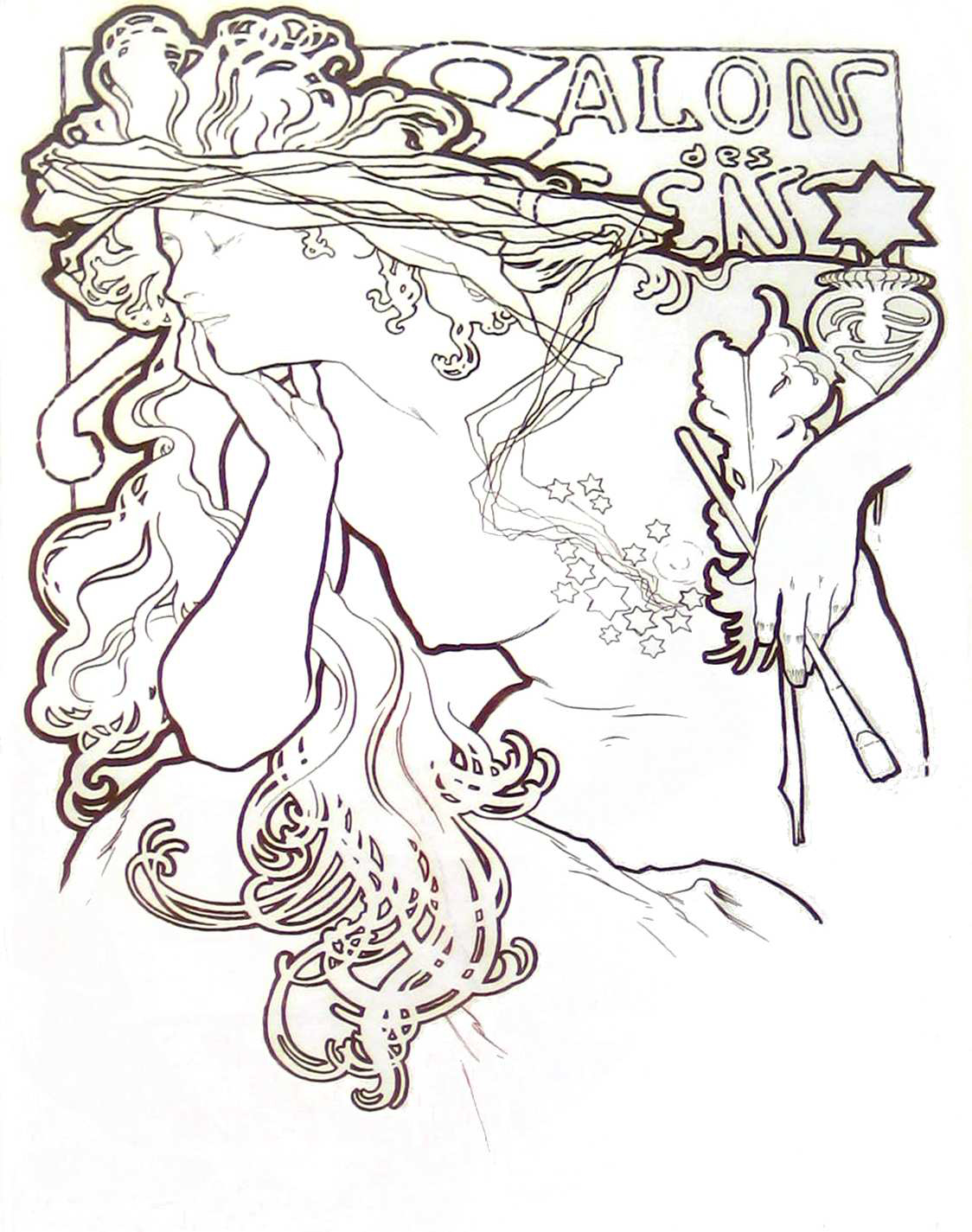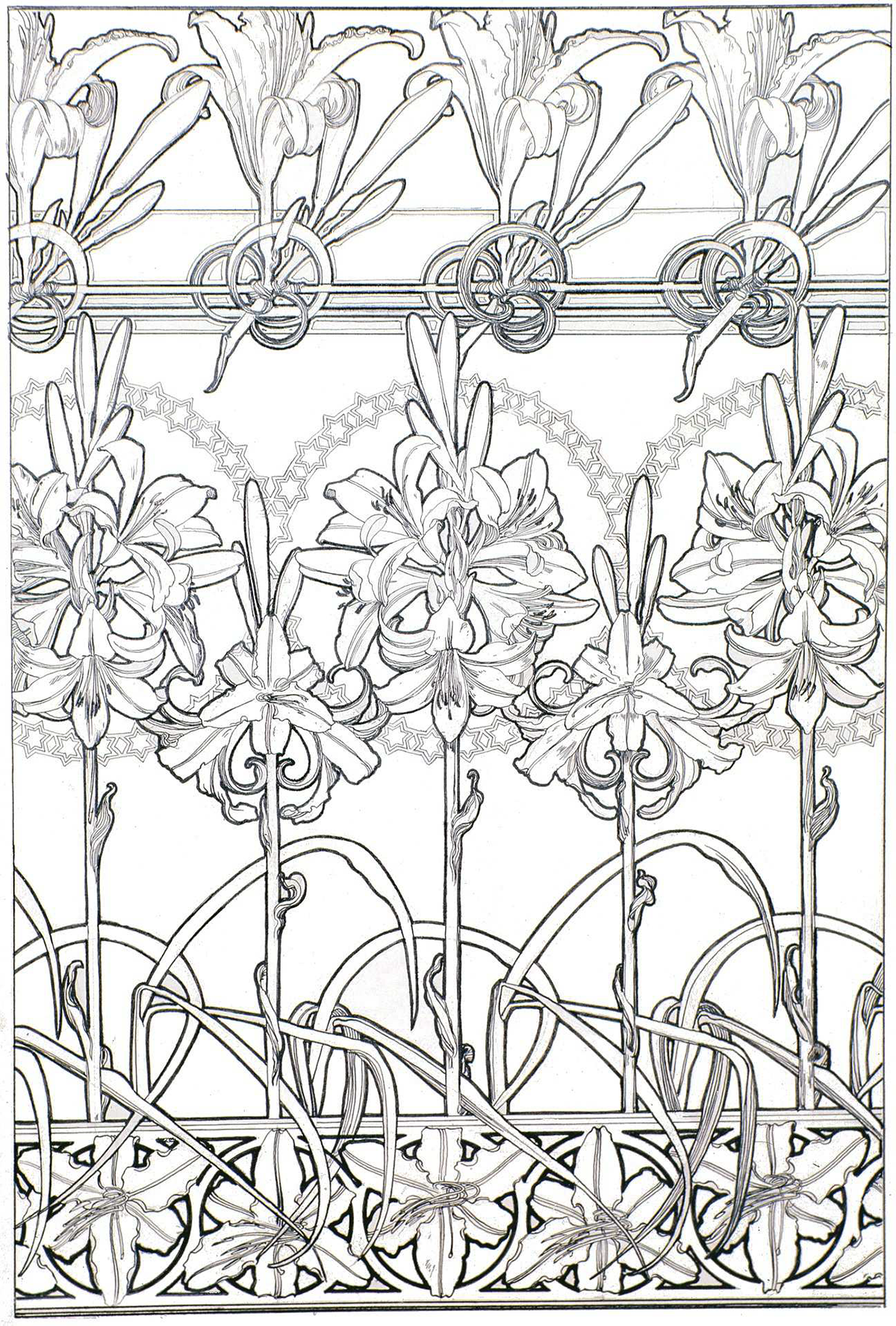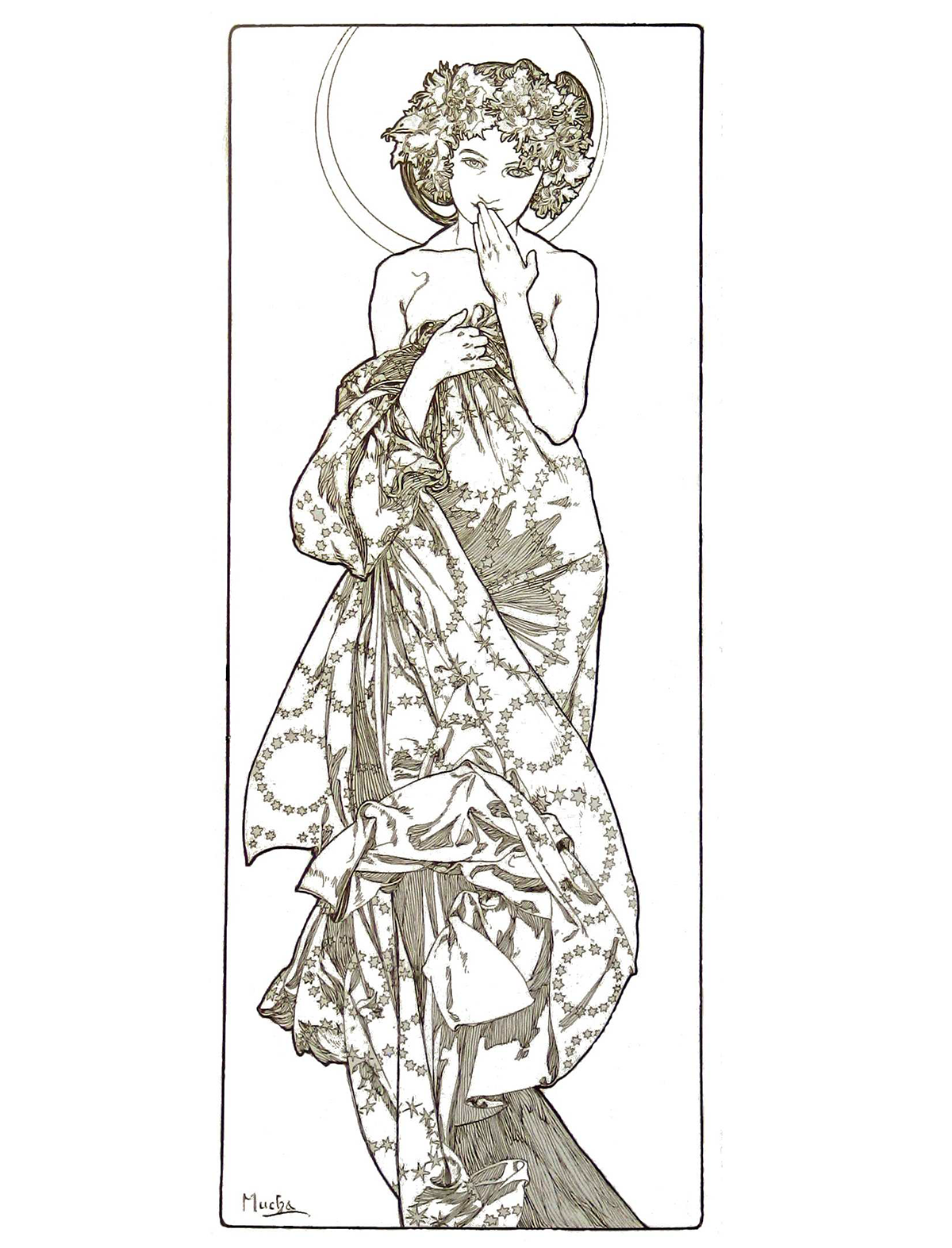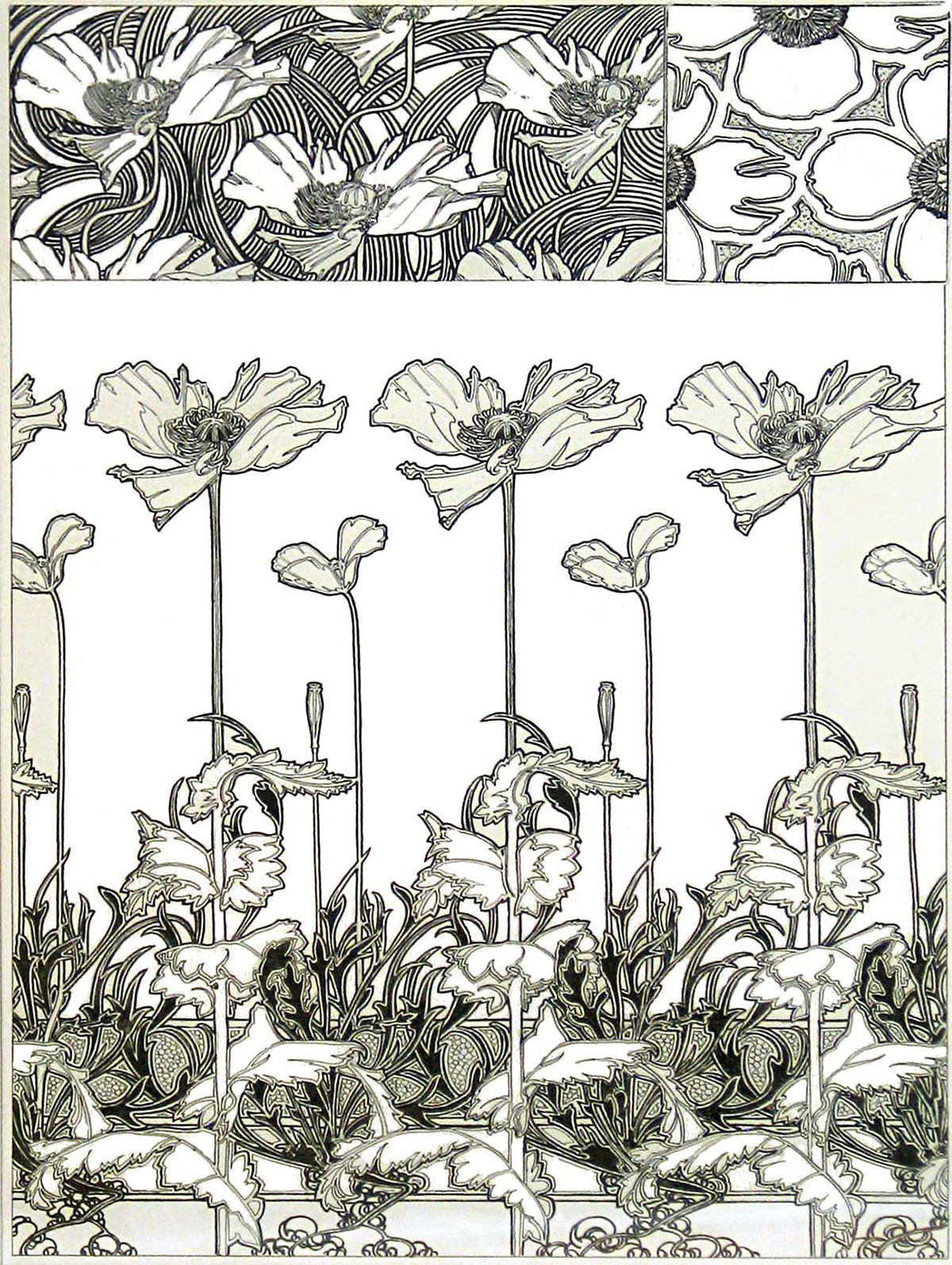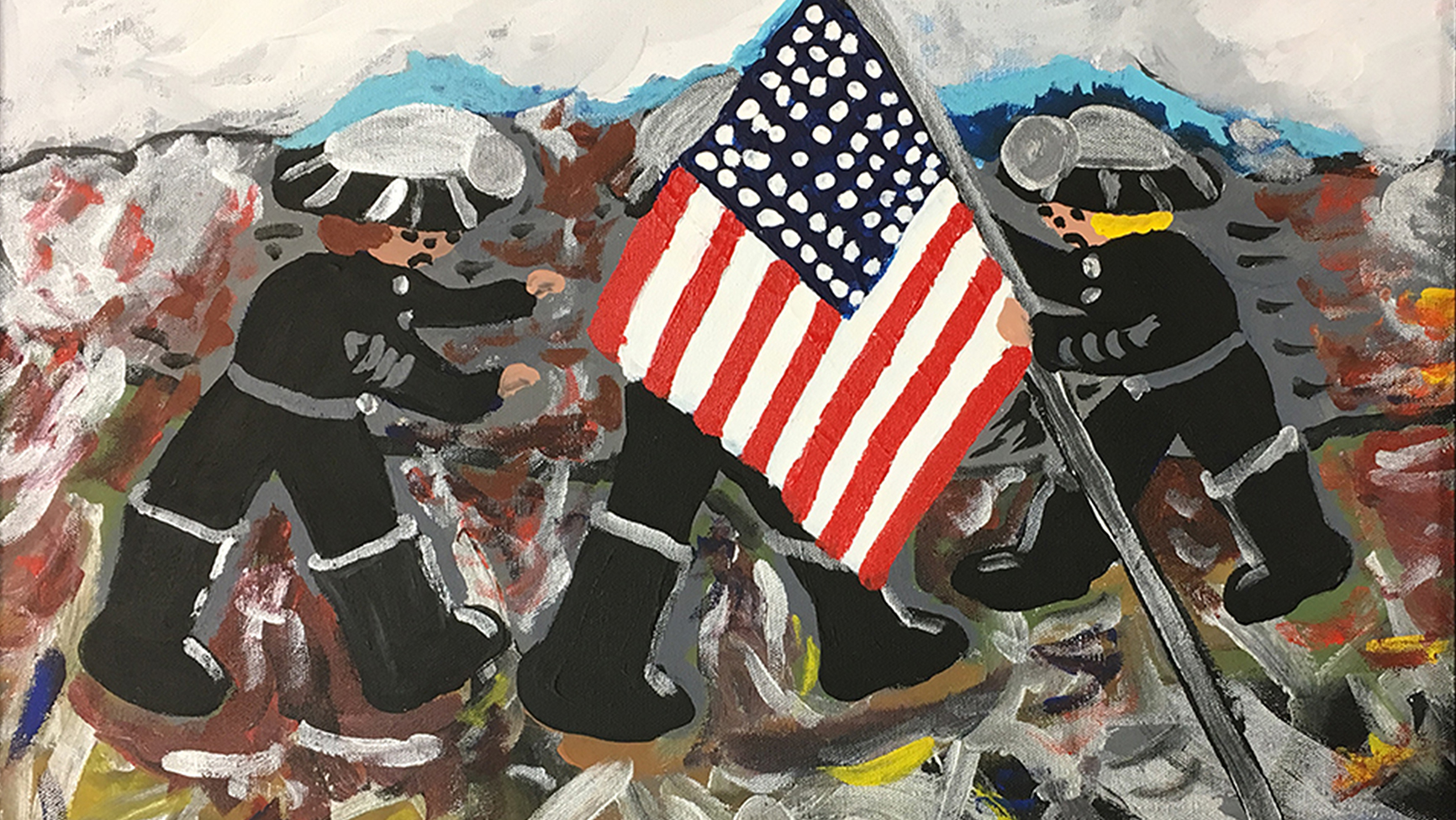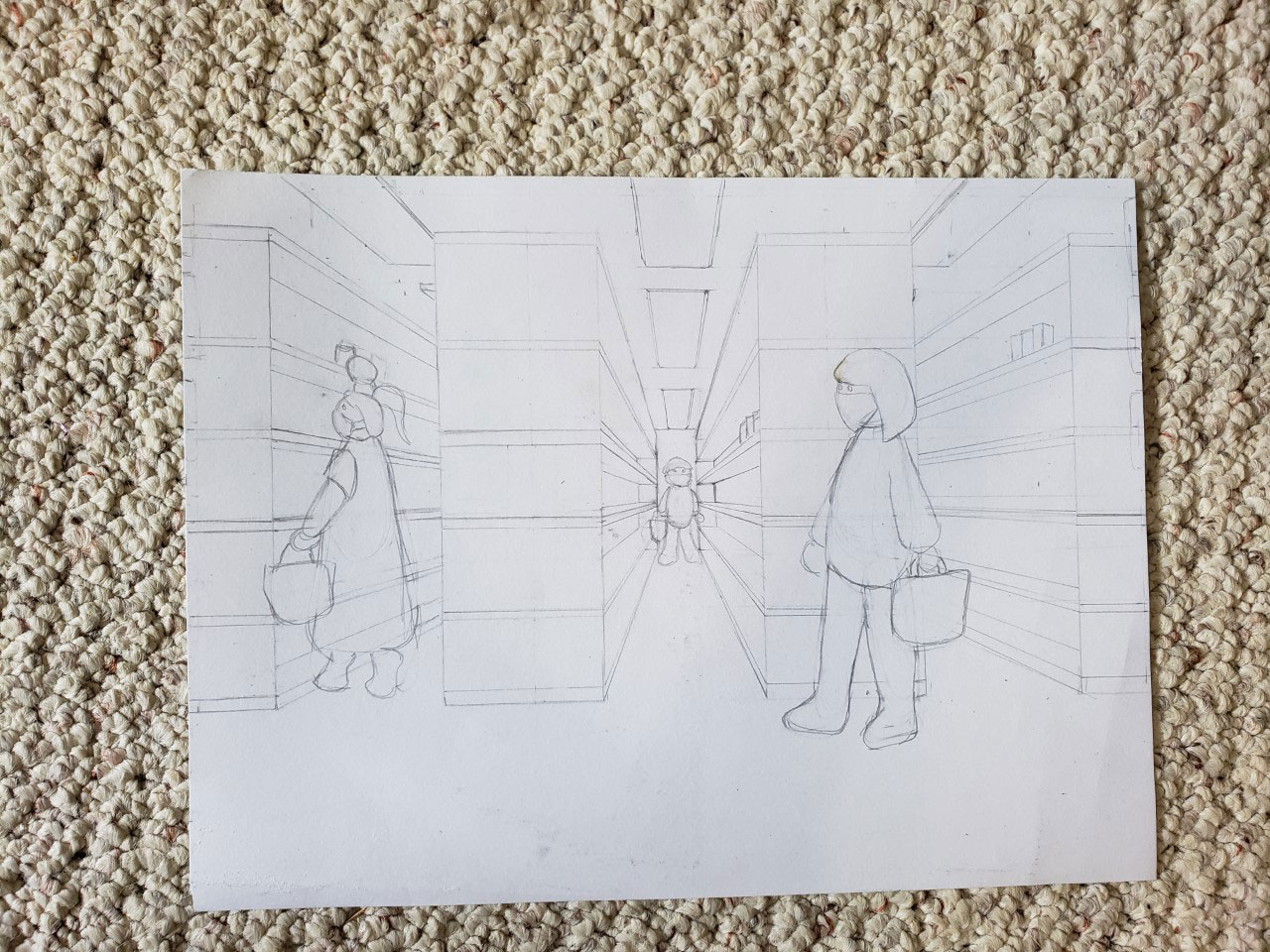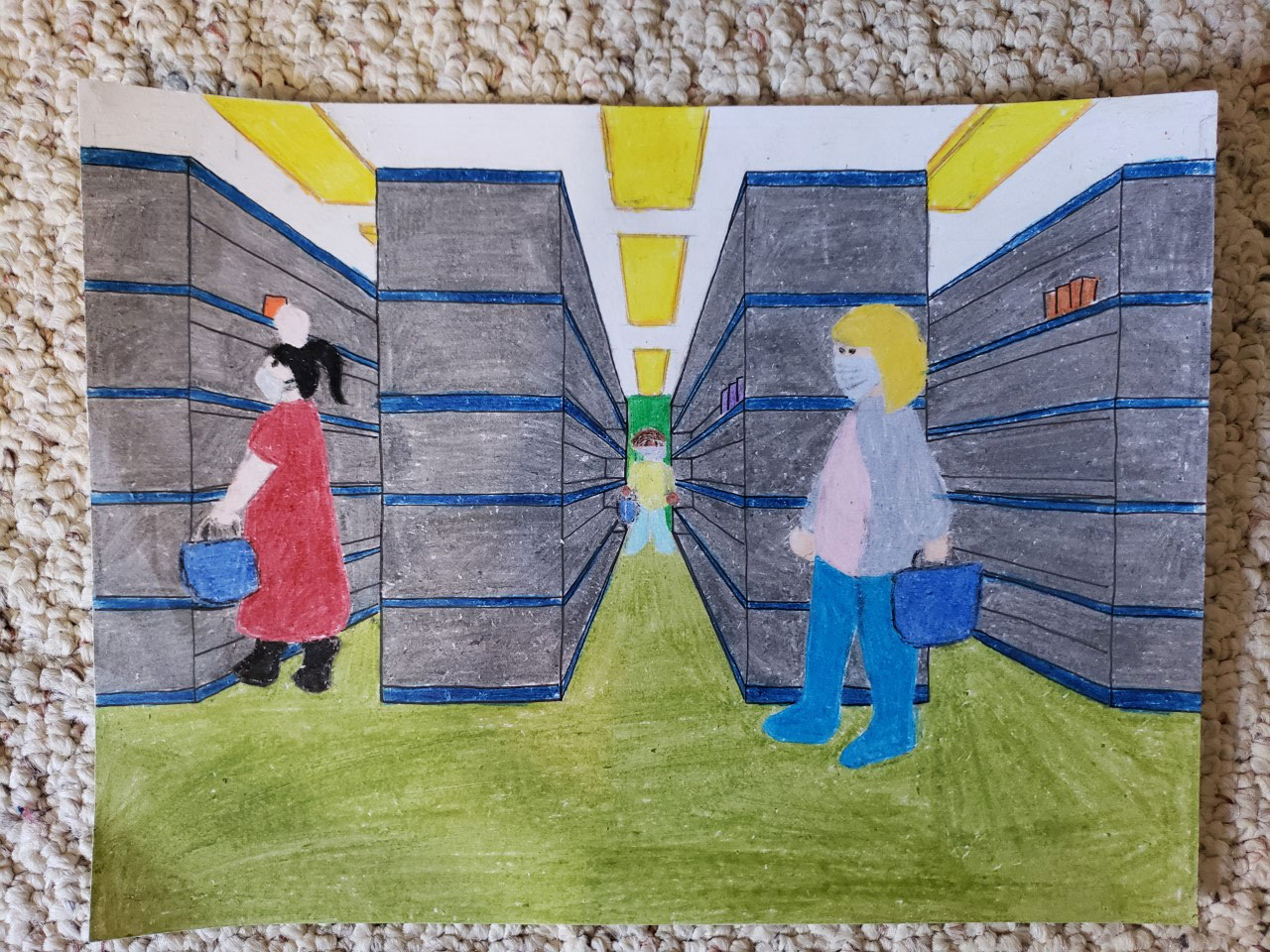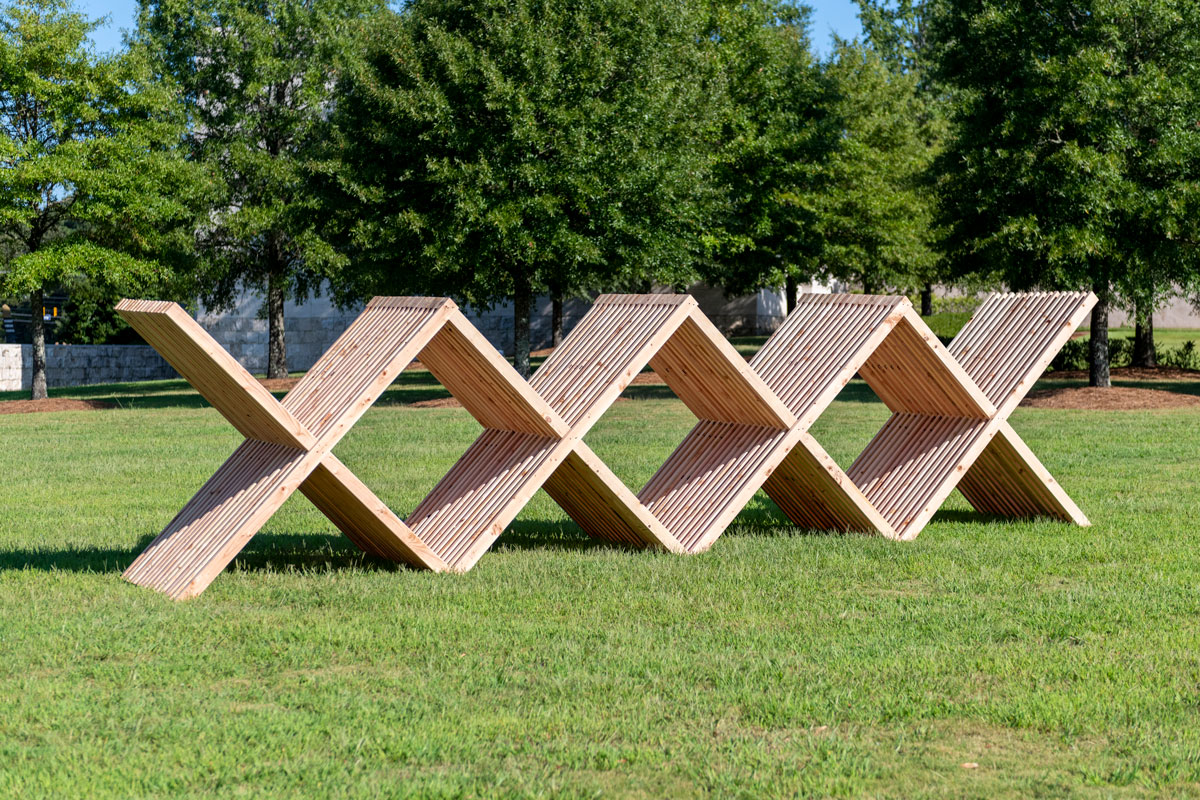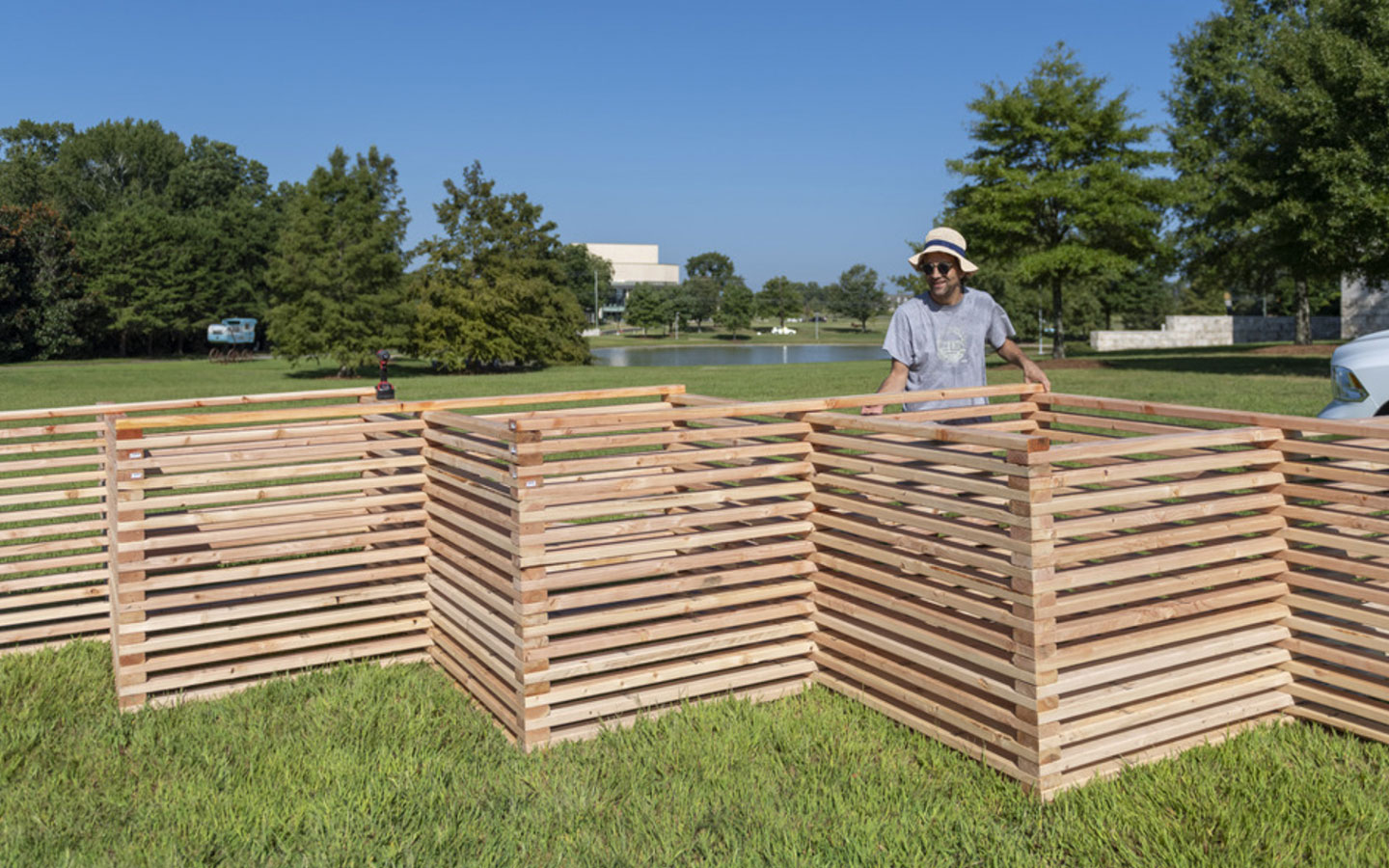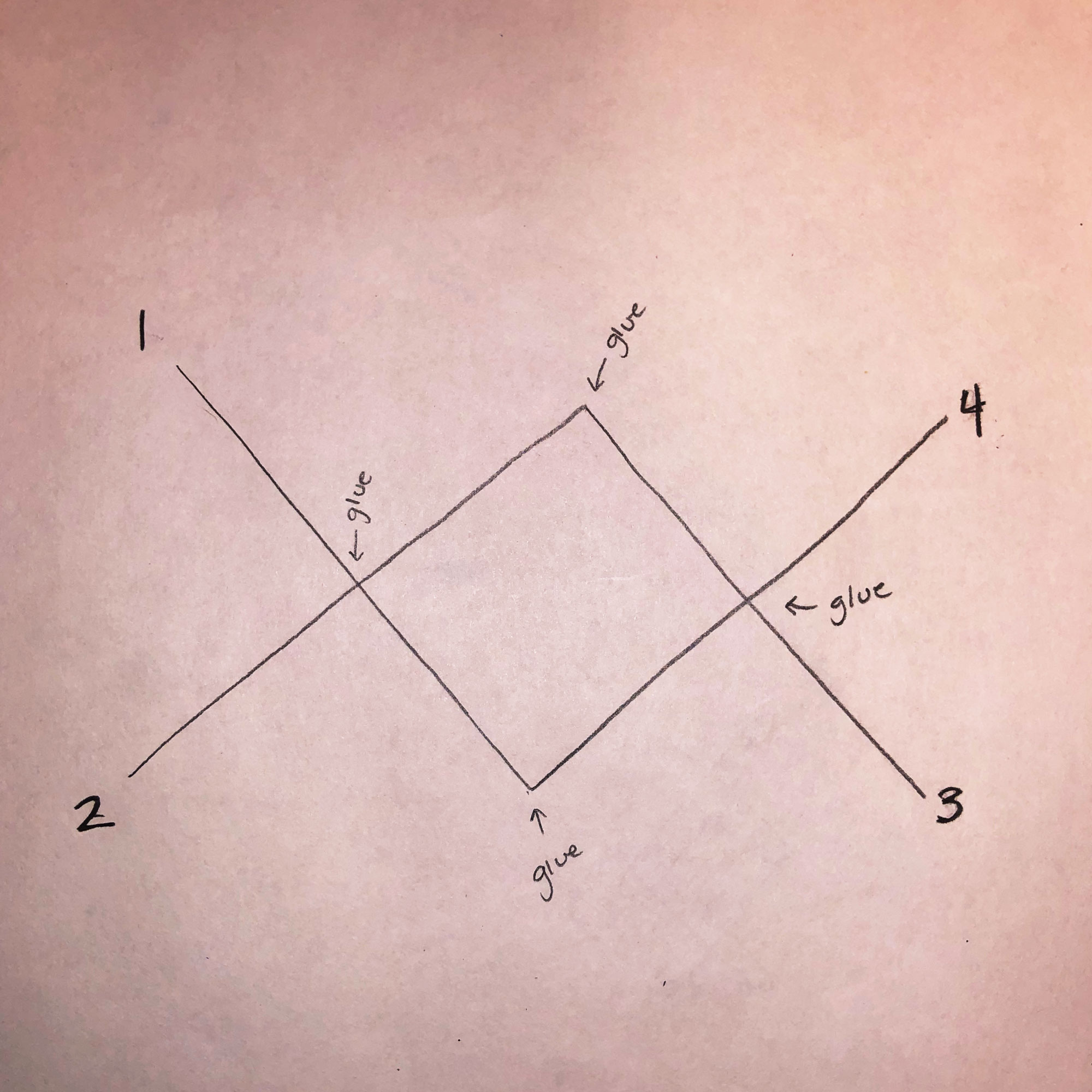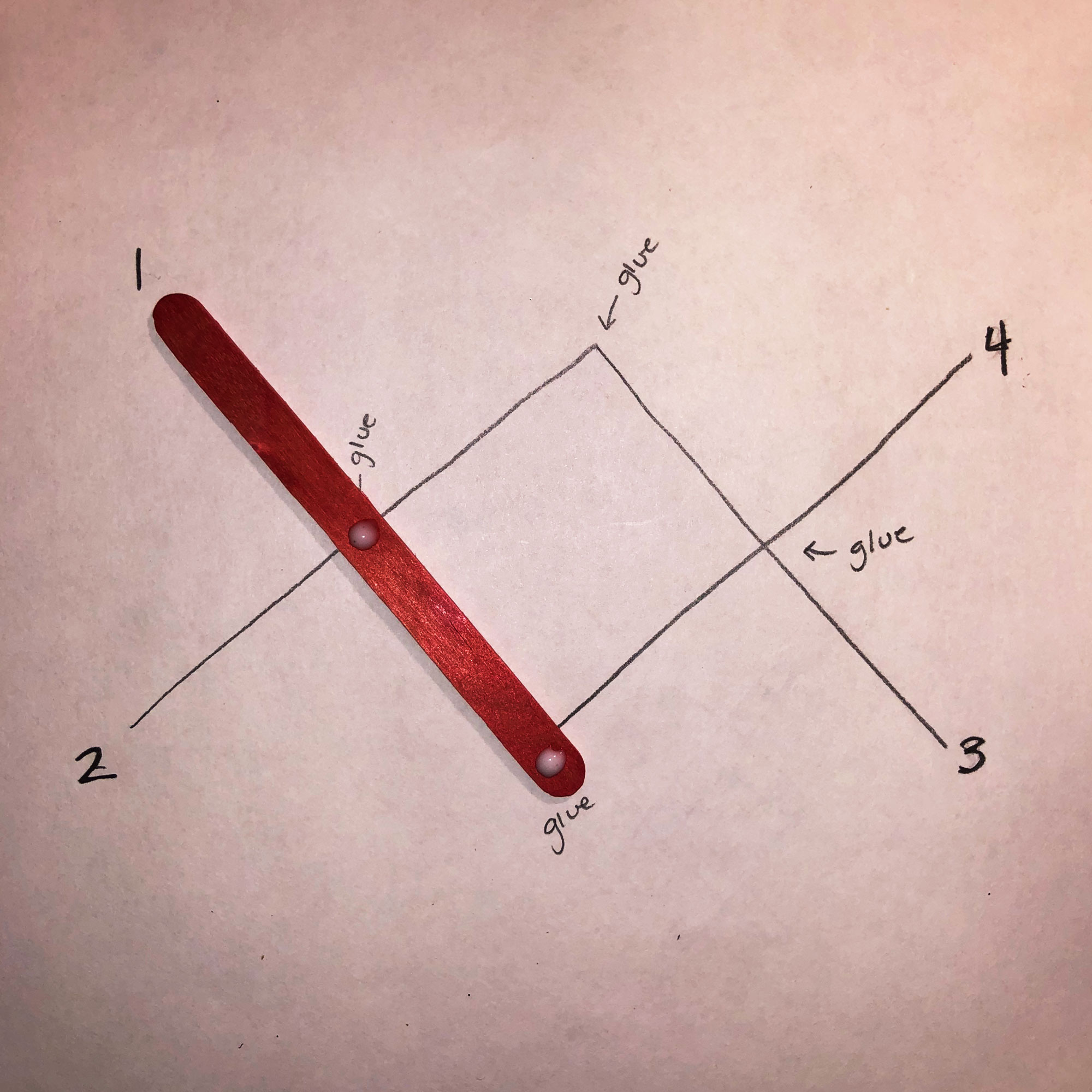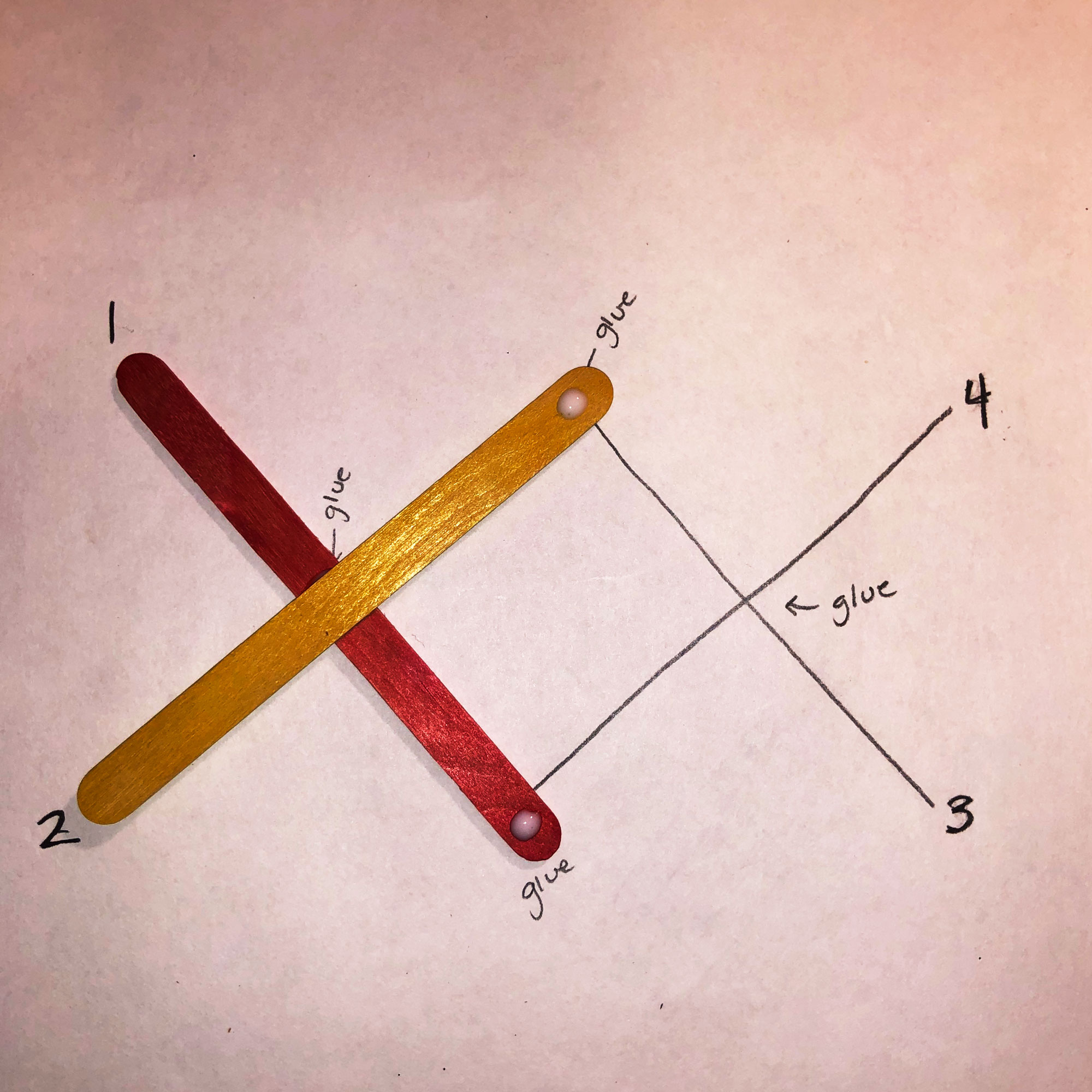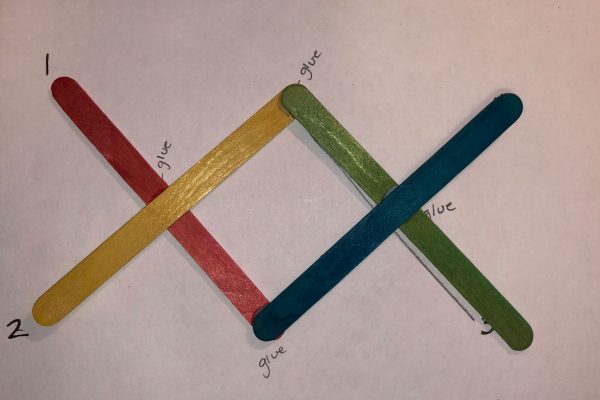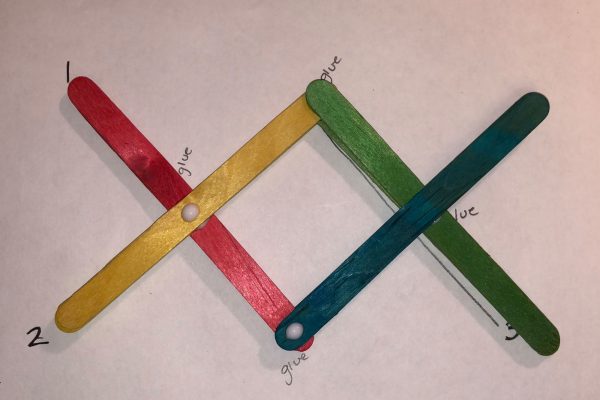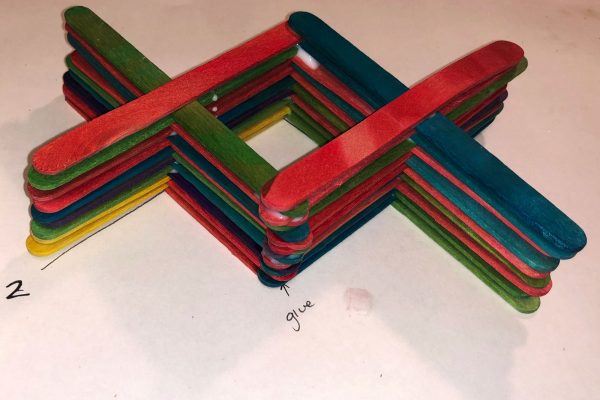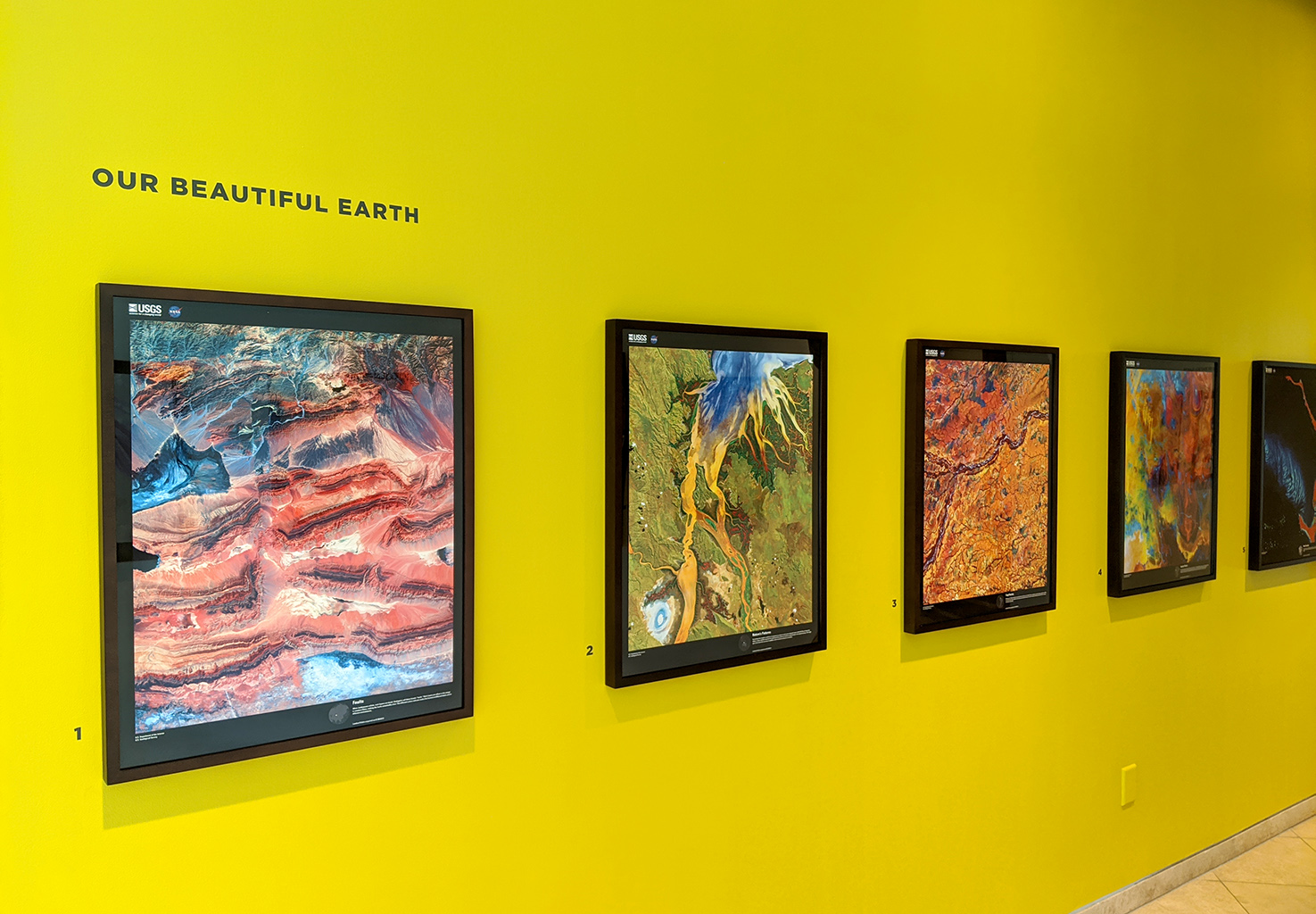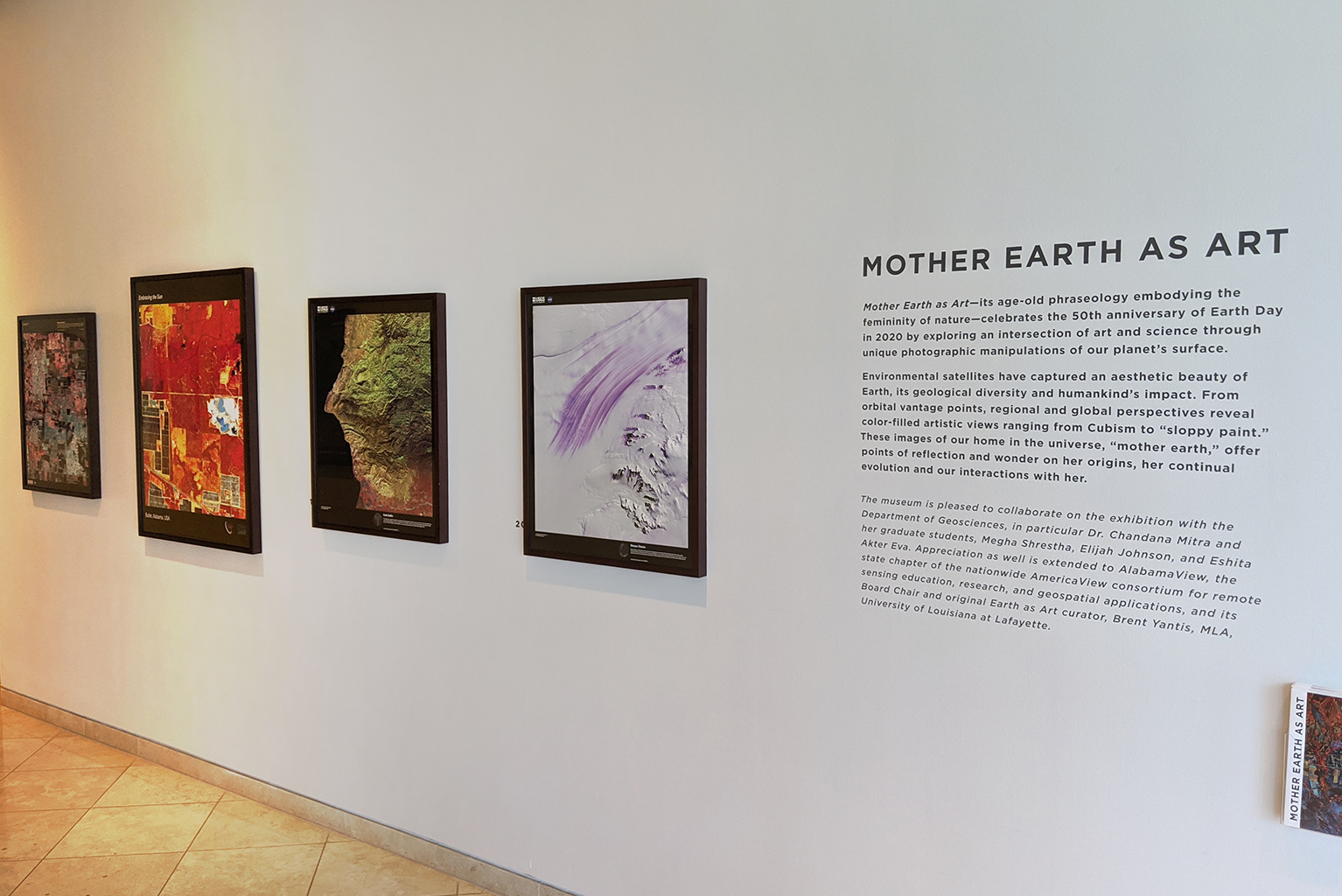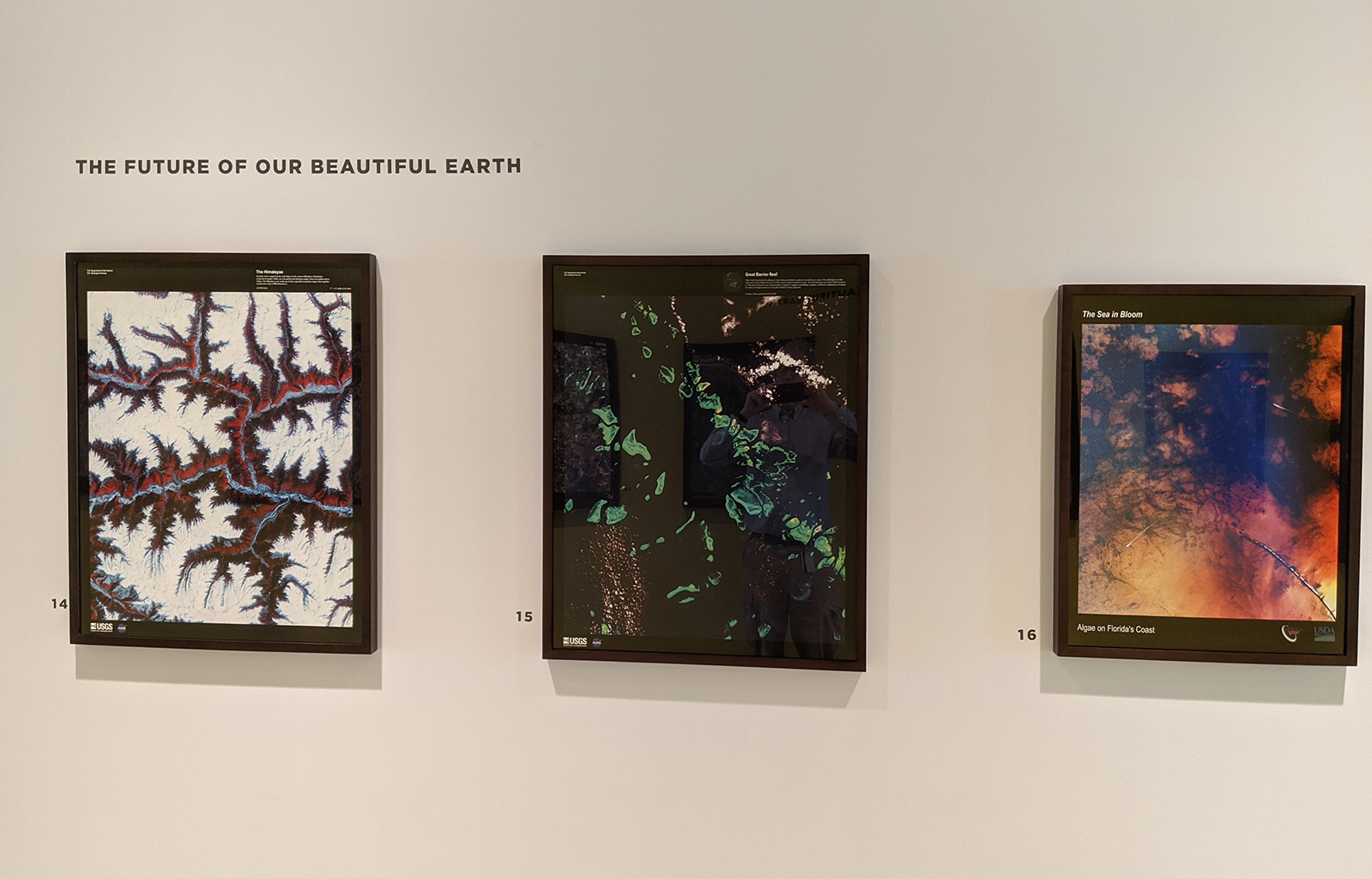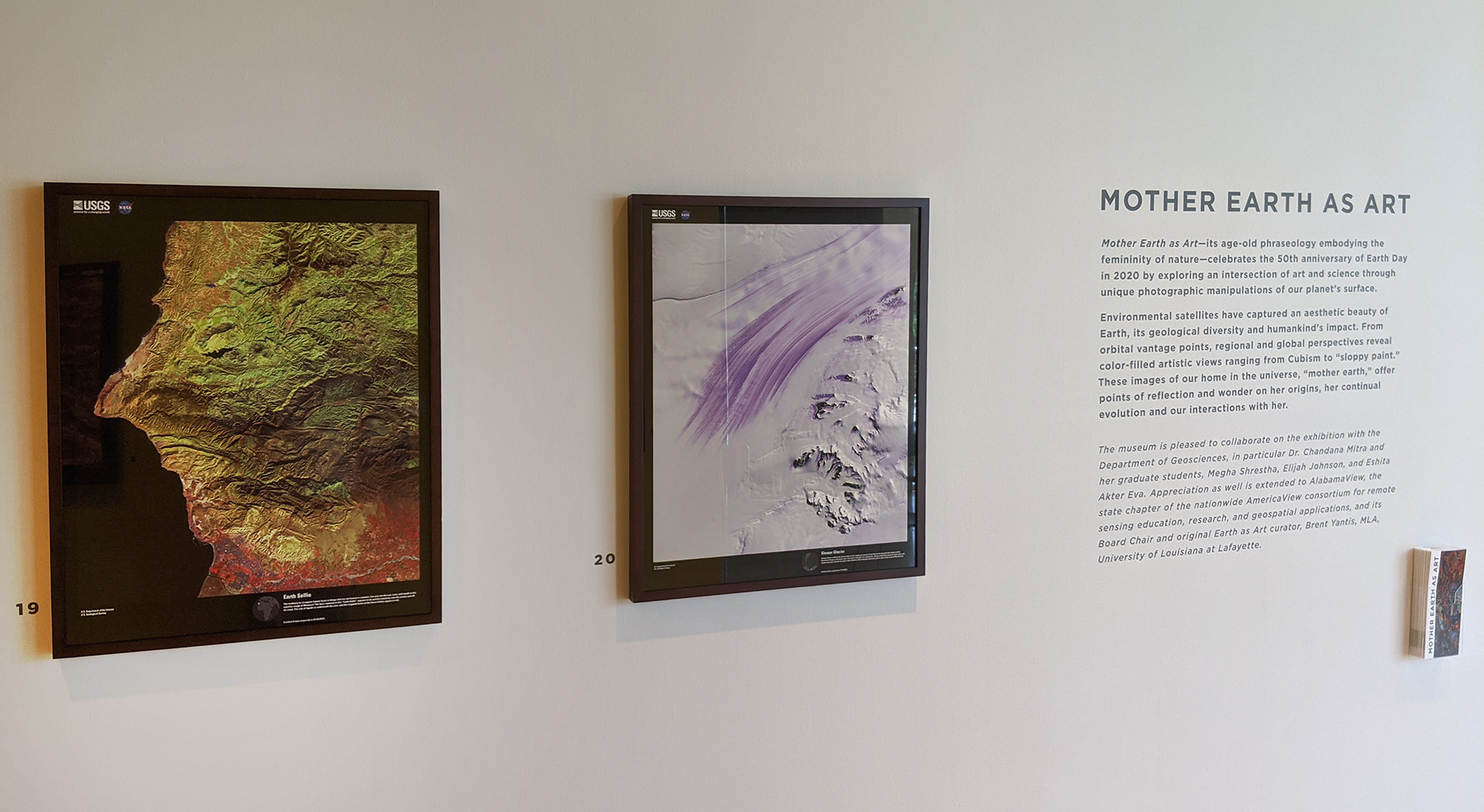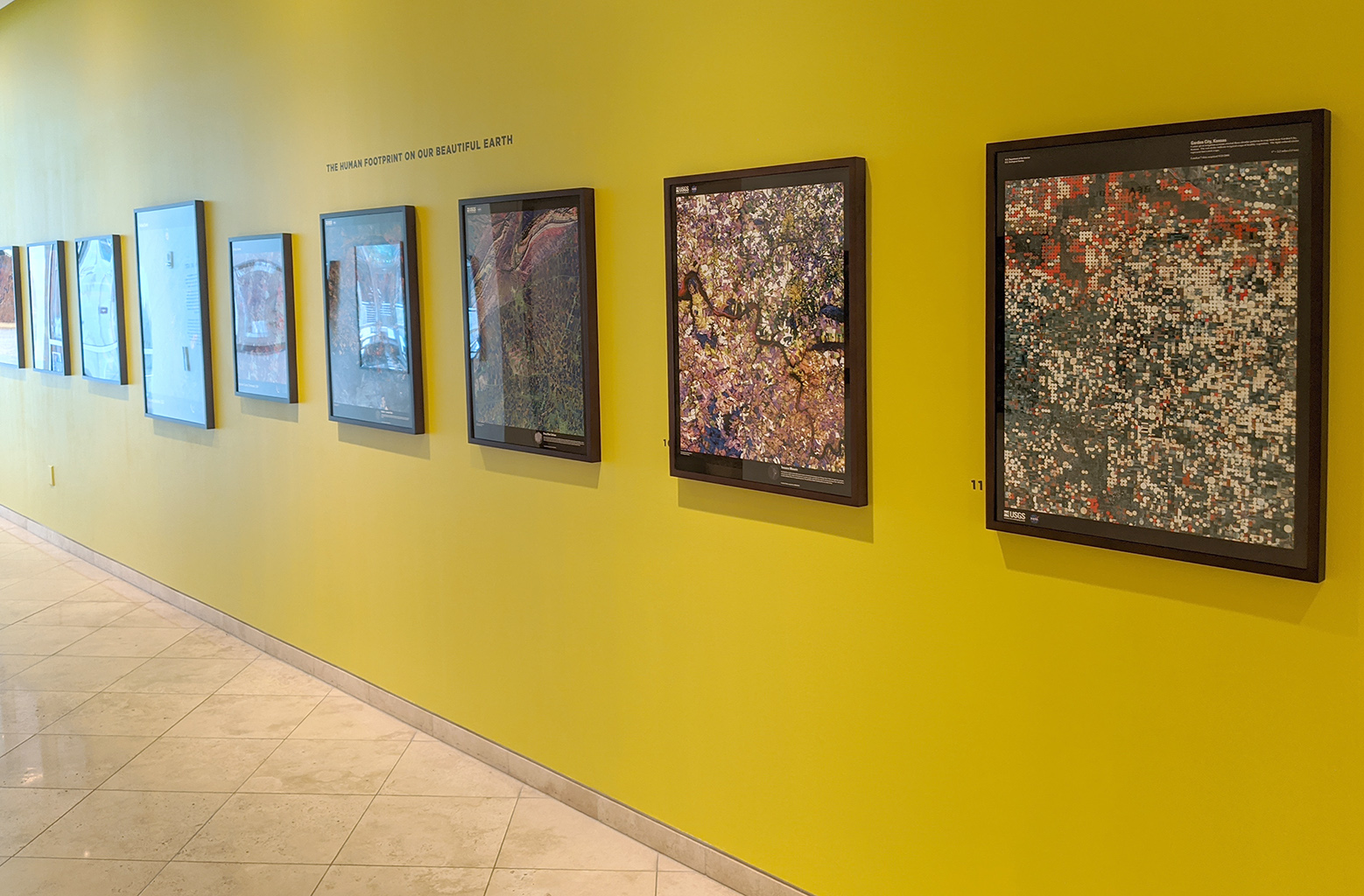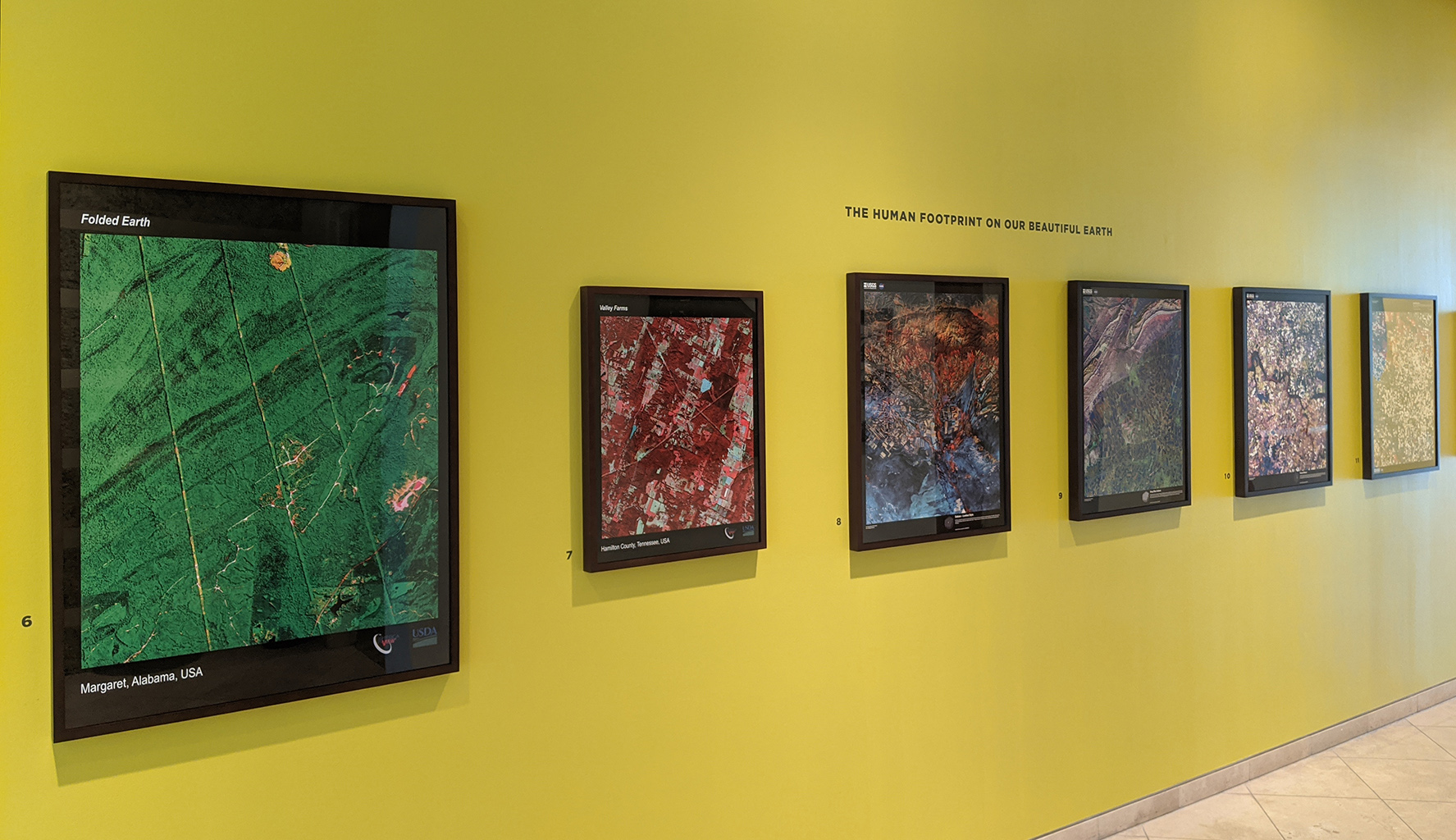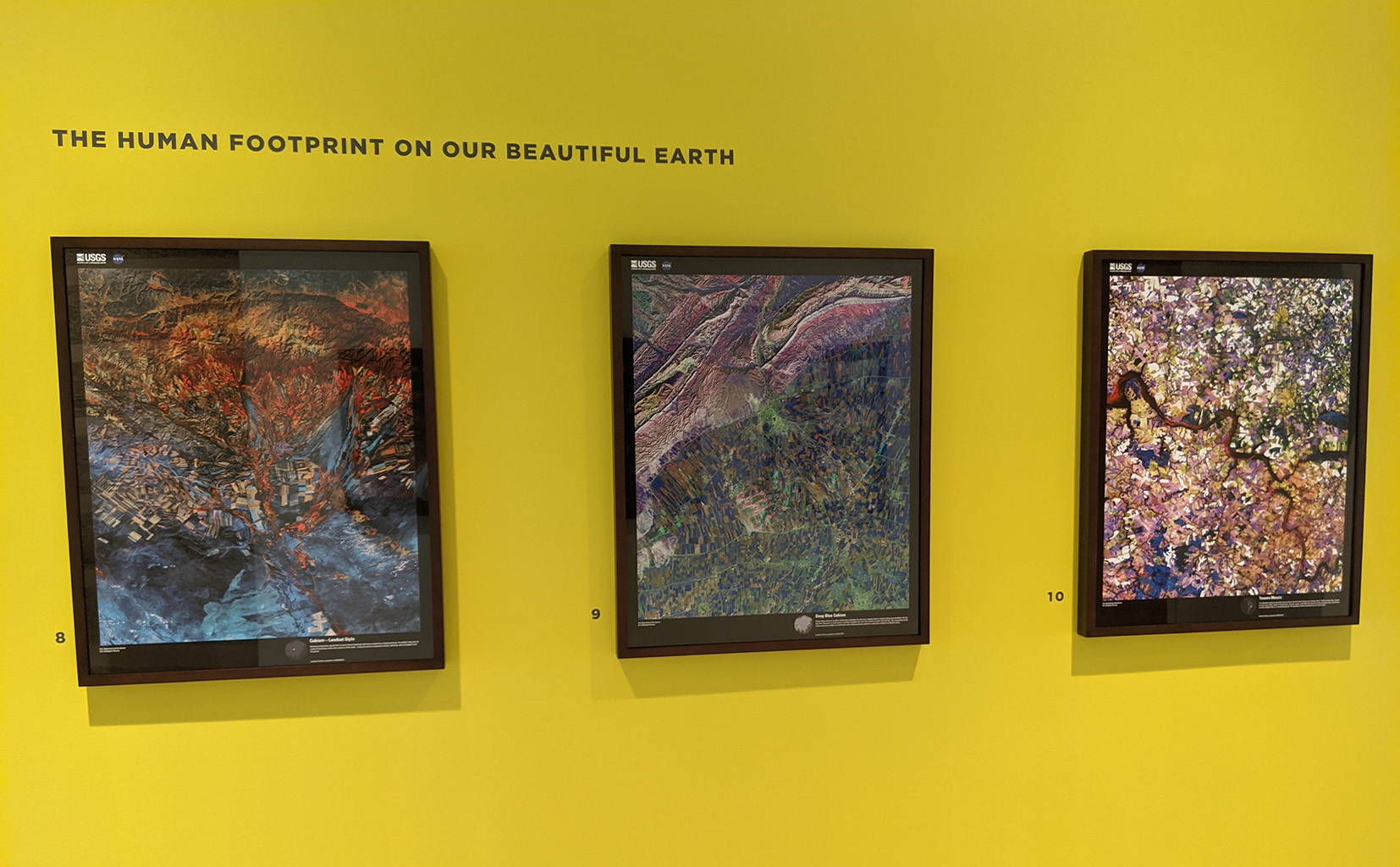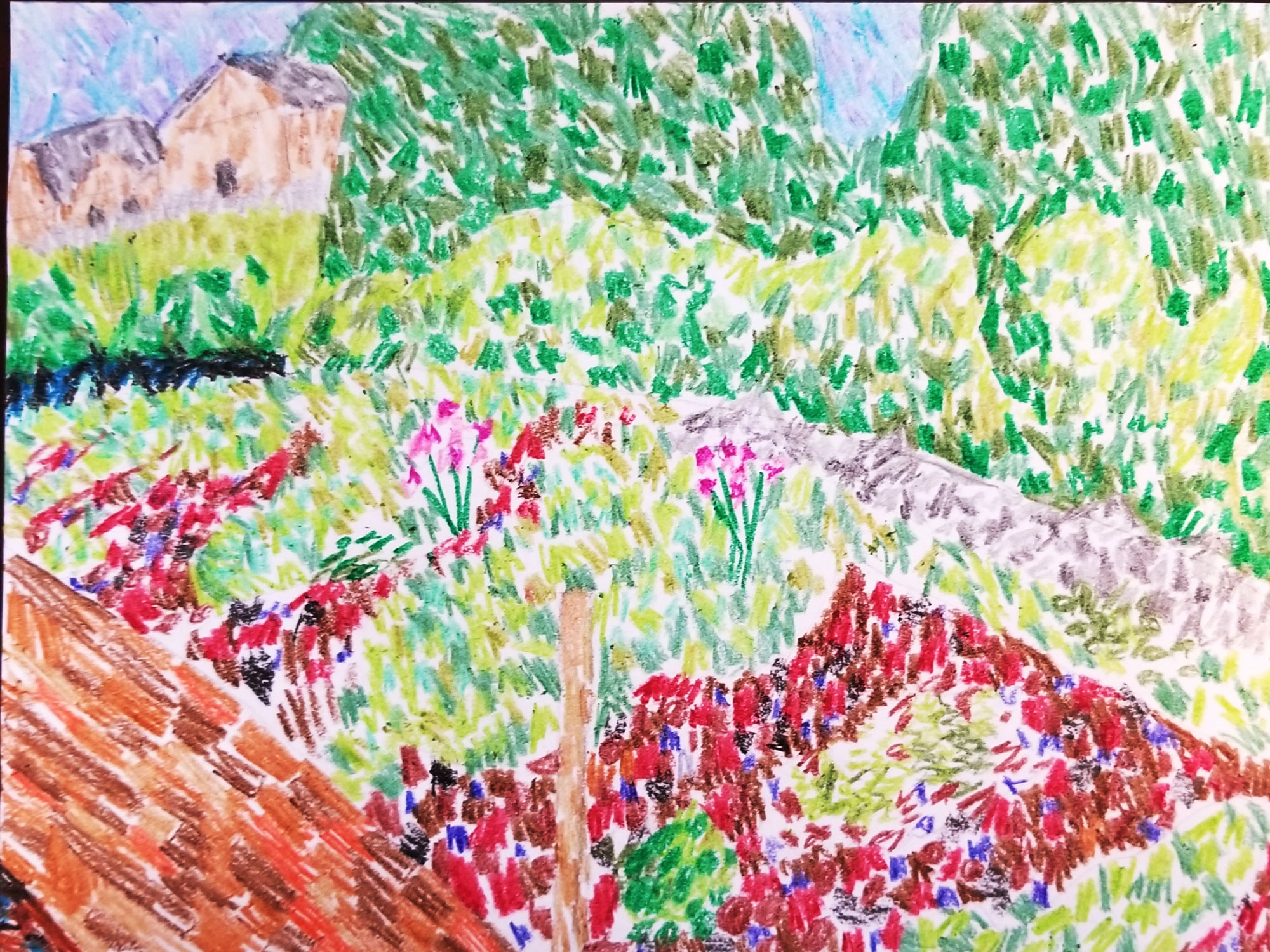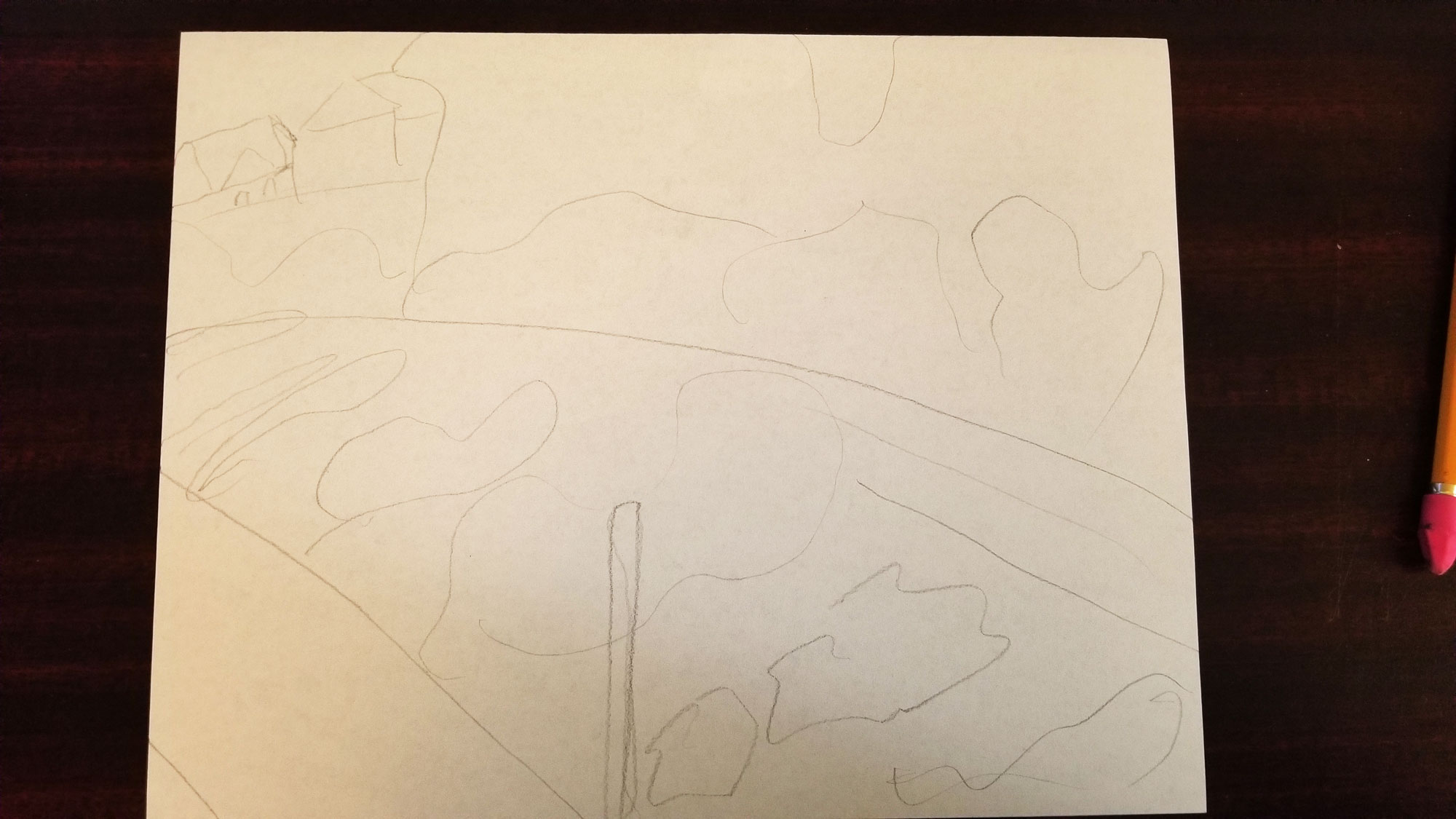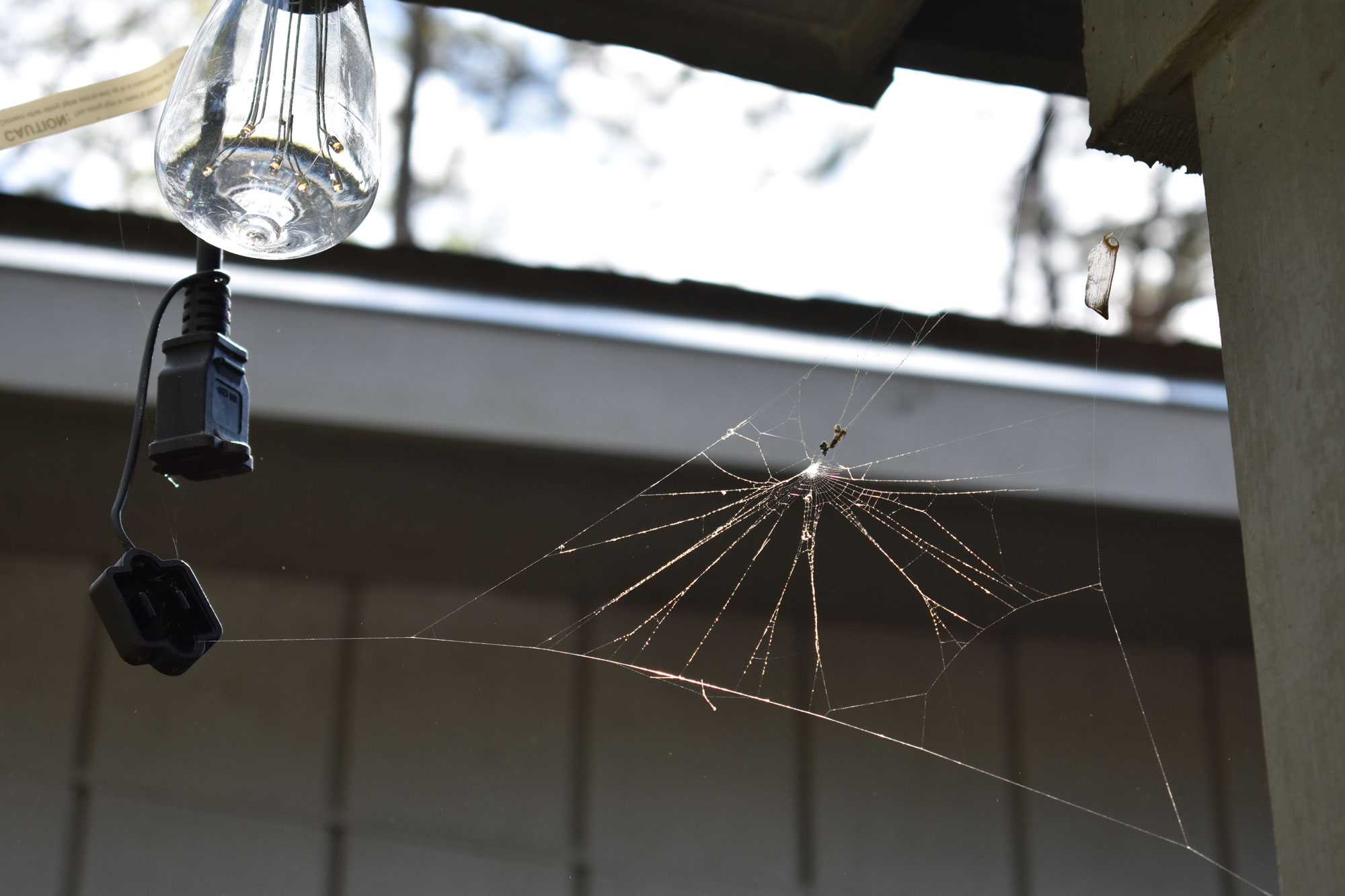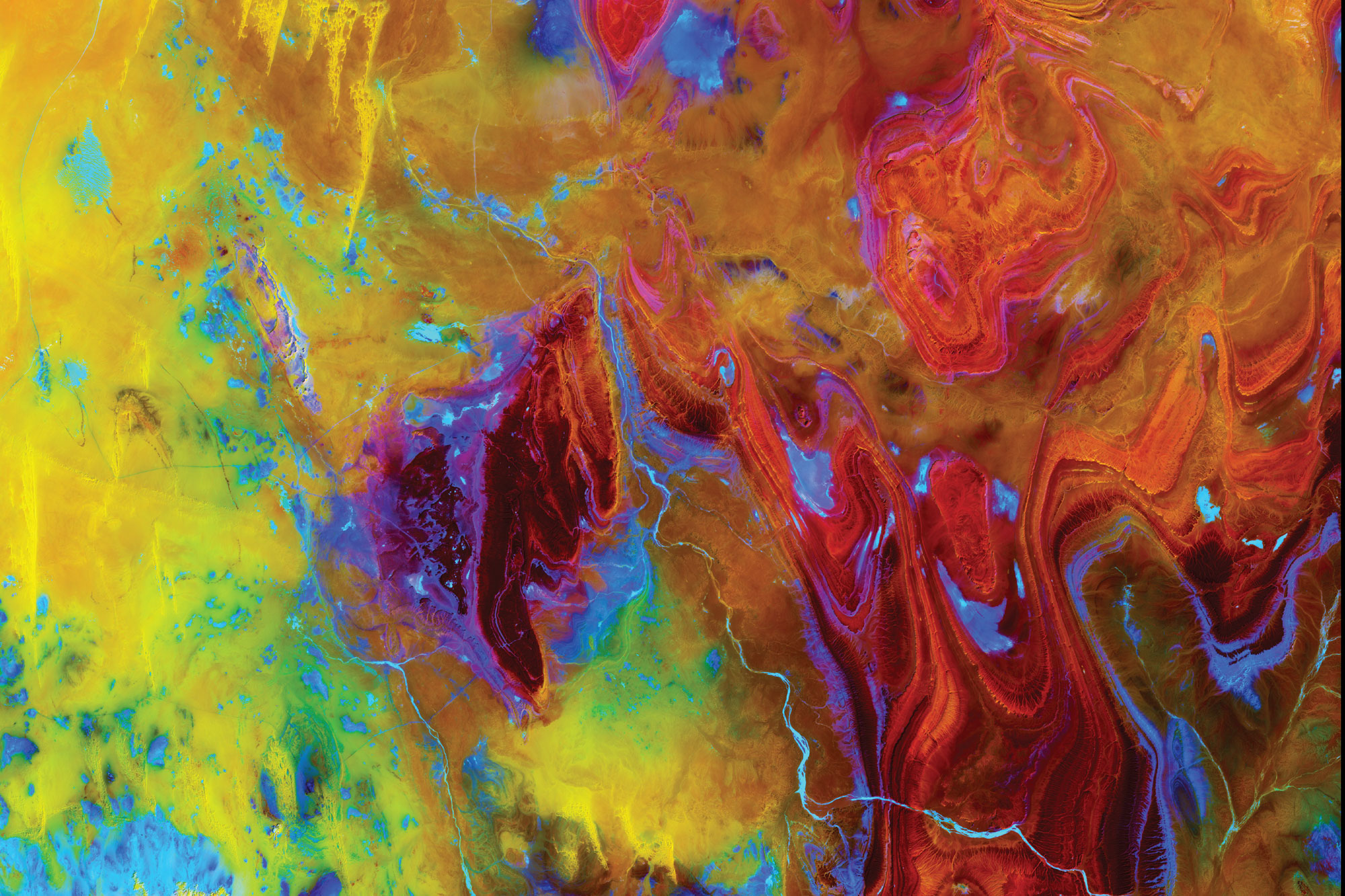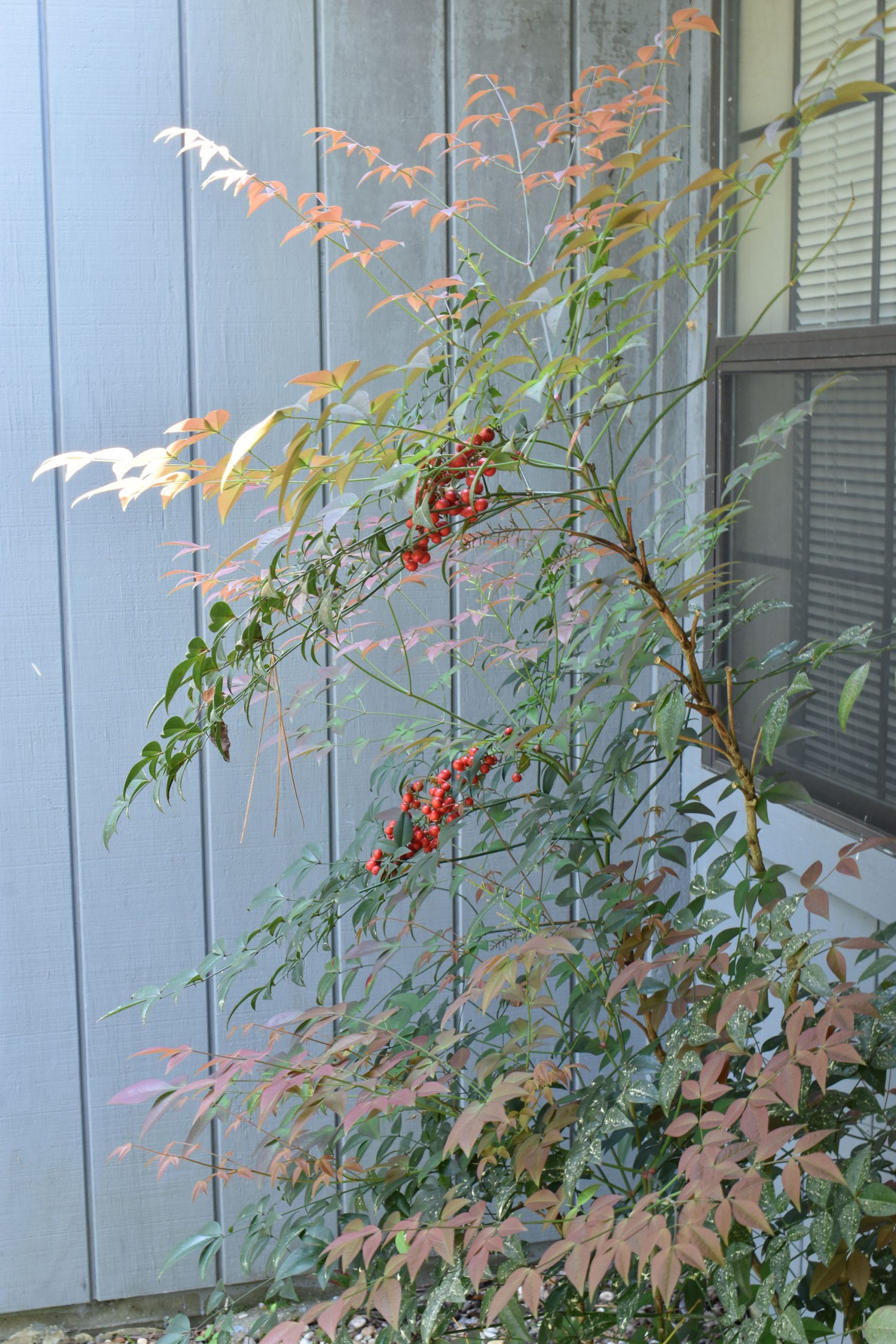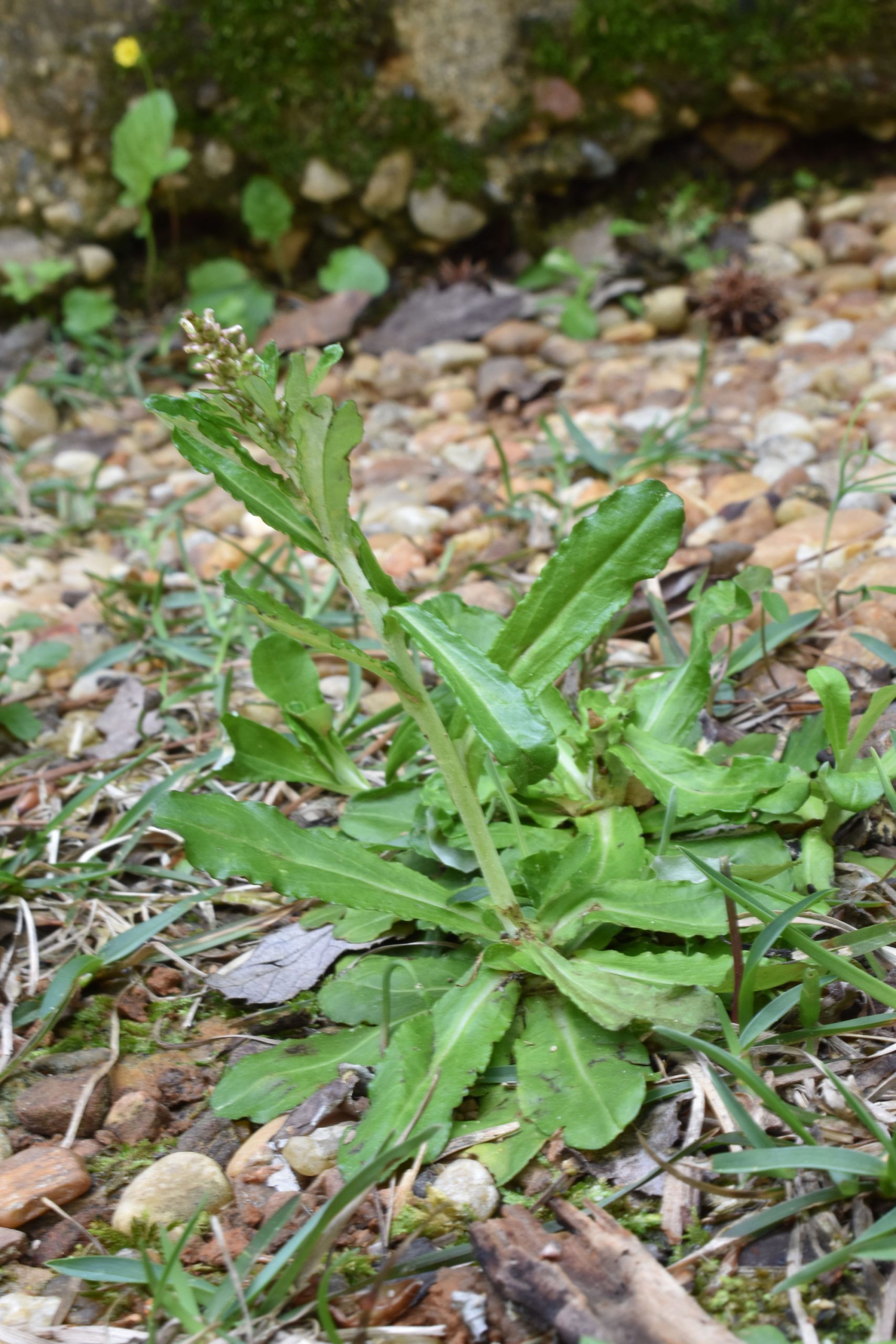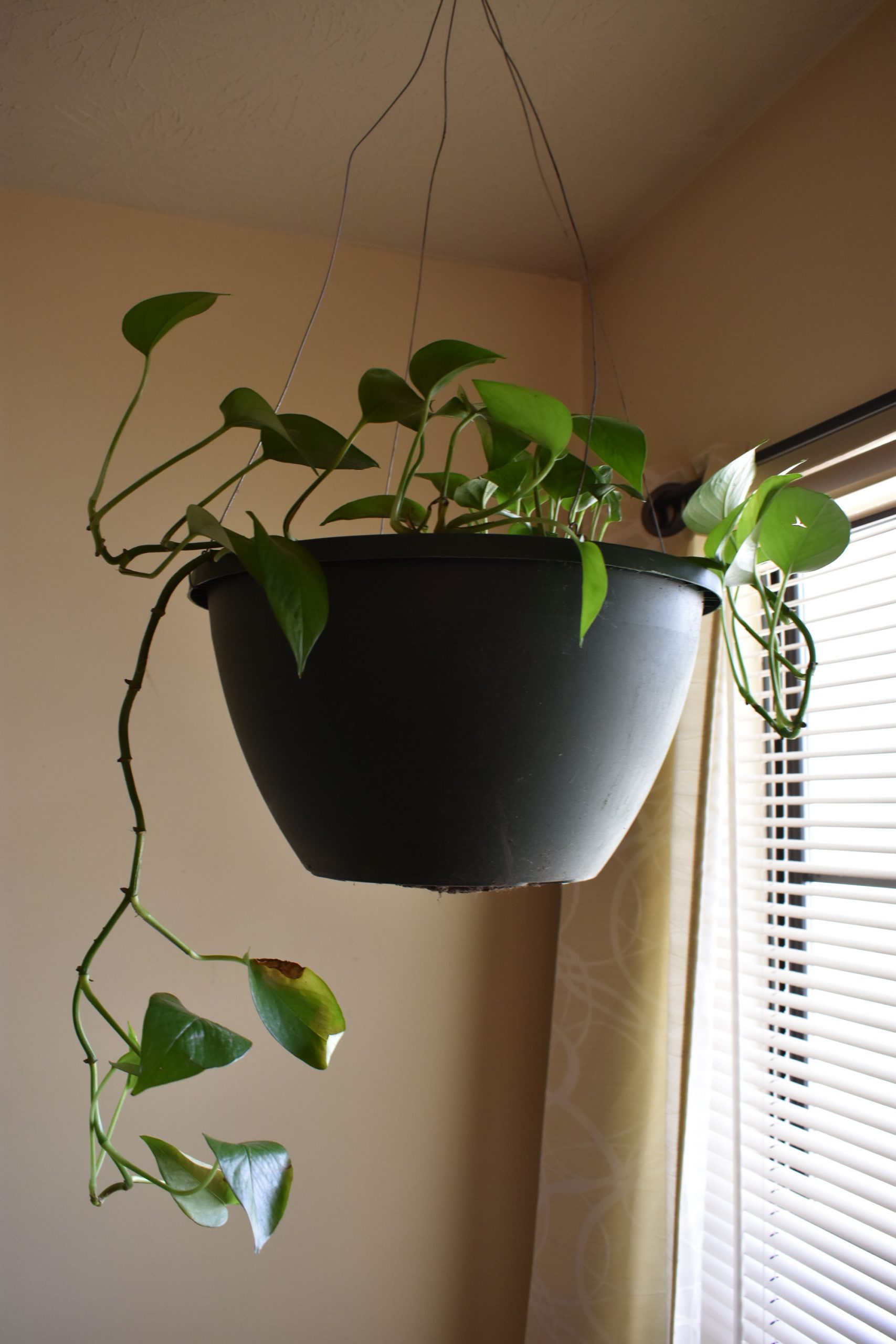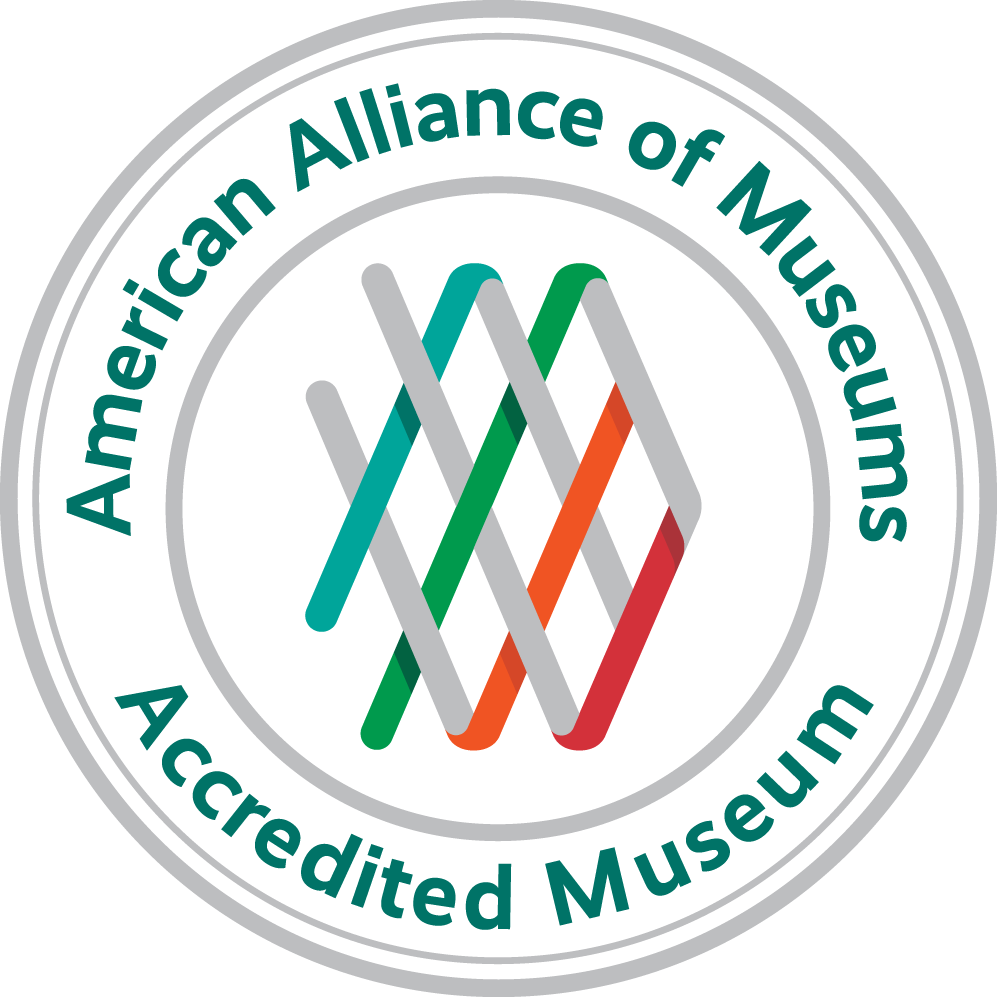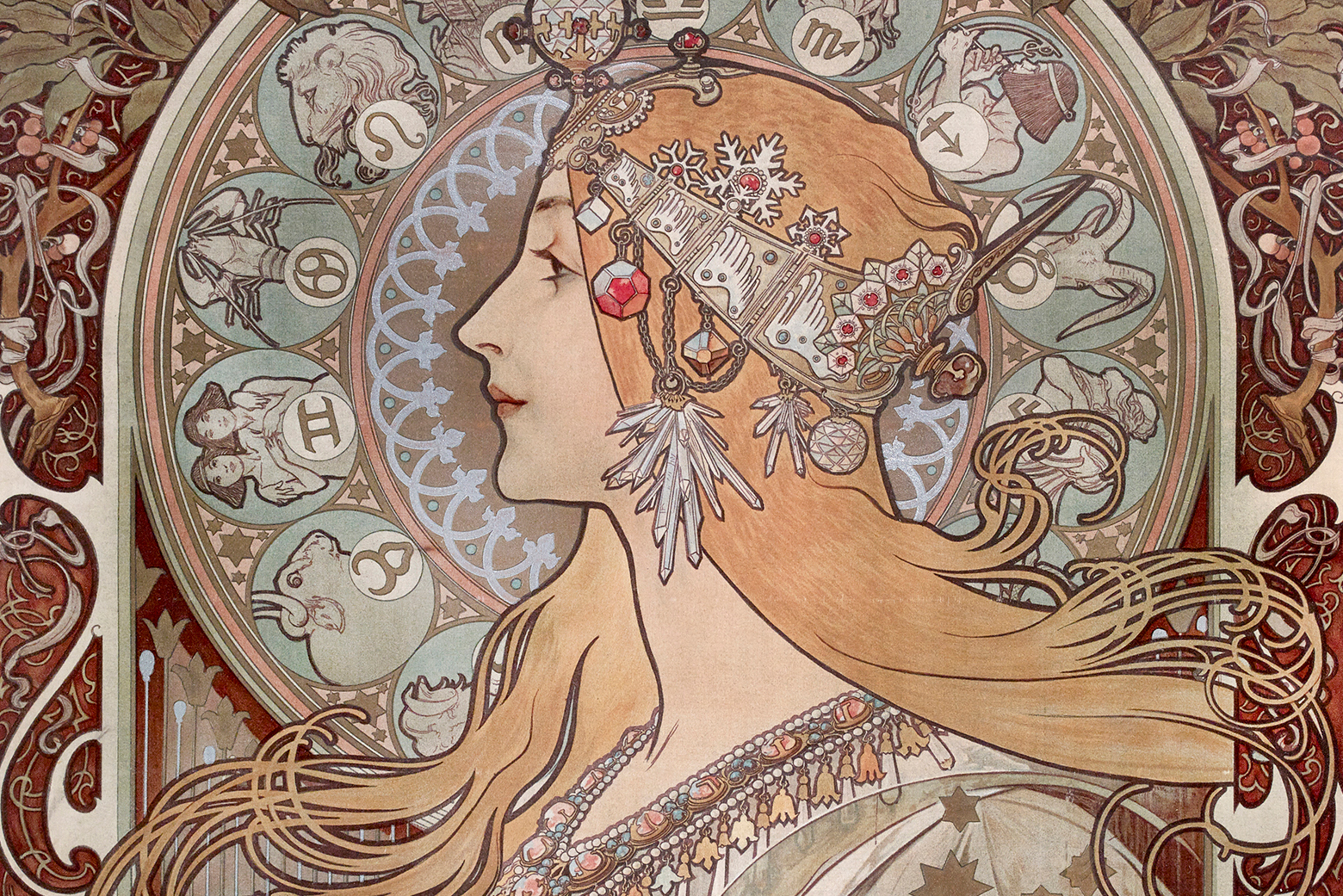
Today, TV and film actors use a wide variety of ways to promote their latest movie or product; but did you know that Alphonsa Mucha was the favorite artist of one of France’s leading ladies, highlighting her plays with vibrant posters? These ads ushered in a new artistic movement called Art Noveau.
Mucha was a world-famous painter, illustrator, jewelry designer and graphic artist. His signature style used twisting lines and subtle colors, flowing hair, halos and mosaic designs.
Thanks to The Mucha Foundation, you can use your own creativity to color in works of art. Then, come explore the real thing in our latest exhibition. Mucha is one of five masters presented in “L’Affichomania; The Passion for French Posters,” on view through Sunday, Jan. 3, 2021.
IMAGE RIGHT: Alphonse Mucha, “Princess Hyacinth,” 1911, color lithograph. Photograph by John Faier. © 2015 The Richard H. Driehaus Museum.
HEADER IMAGE: Alphonse Mucha, “Zodiac,” 1896, color lithograph on silk.Photograph by John Faier. © 2015 The Richard H. Driehaus Museum.
L’Affichomania: The Passion for French Posters was organized by The Richard H. Driehaus Museum and is toured by International Arts & Artists, Washington, DC.
